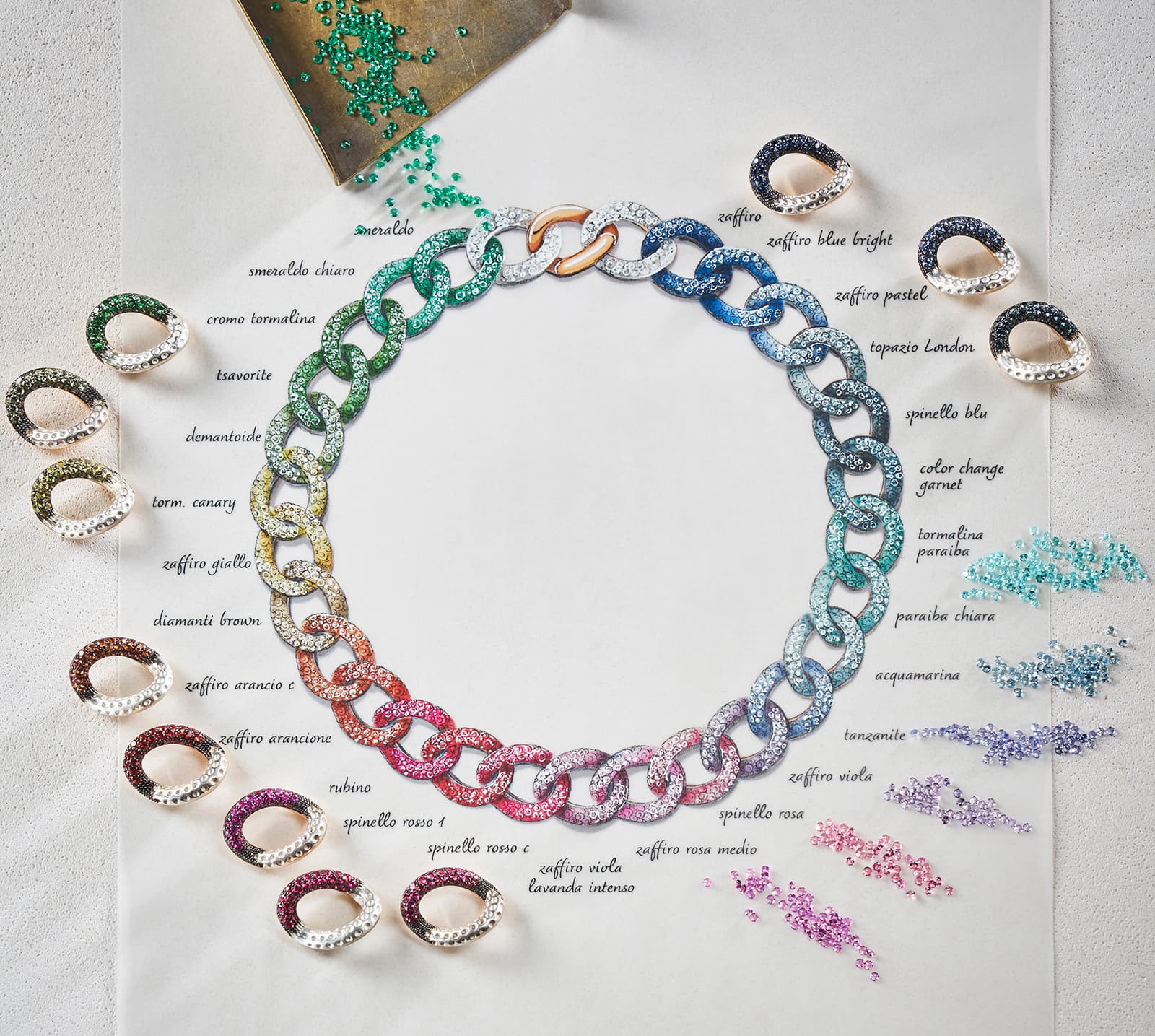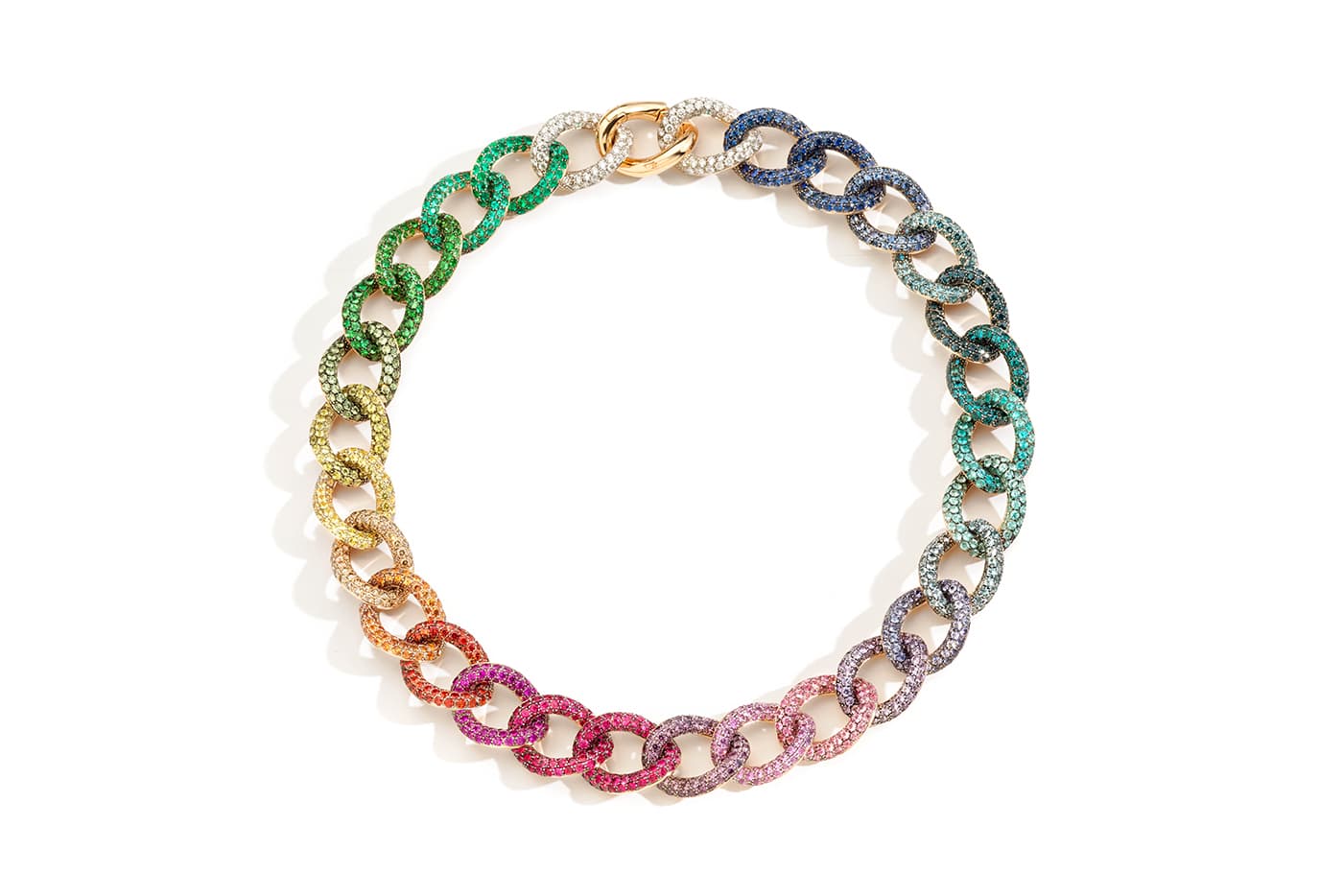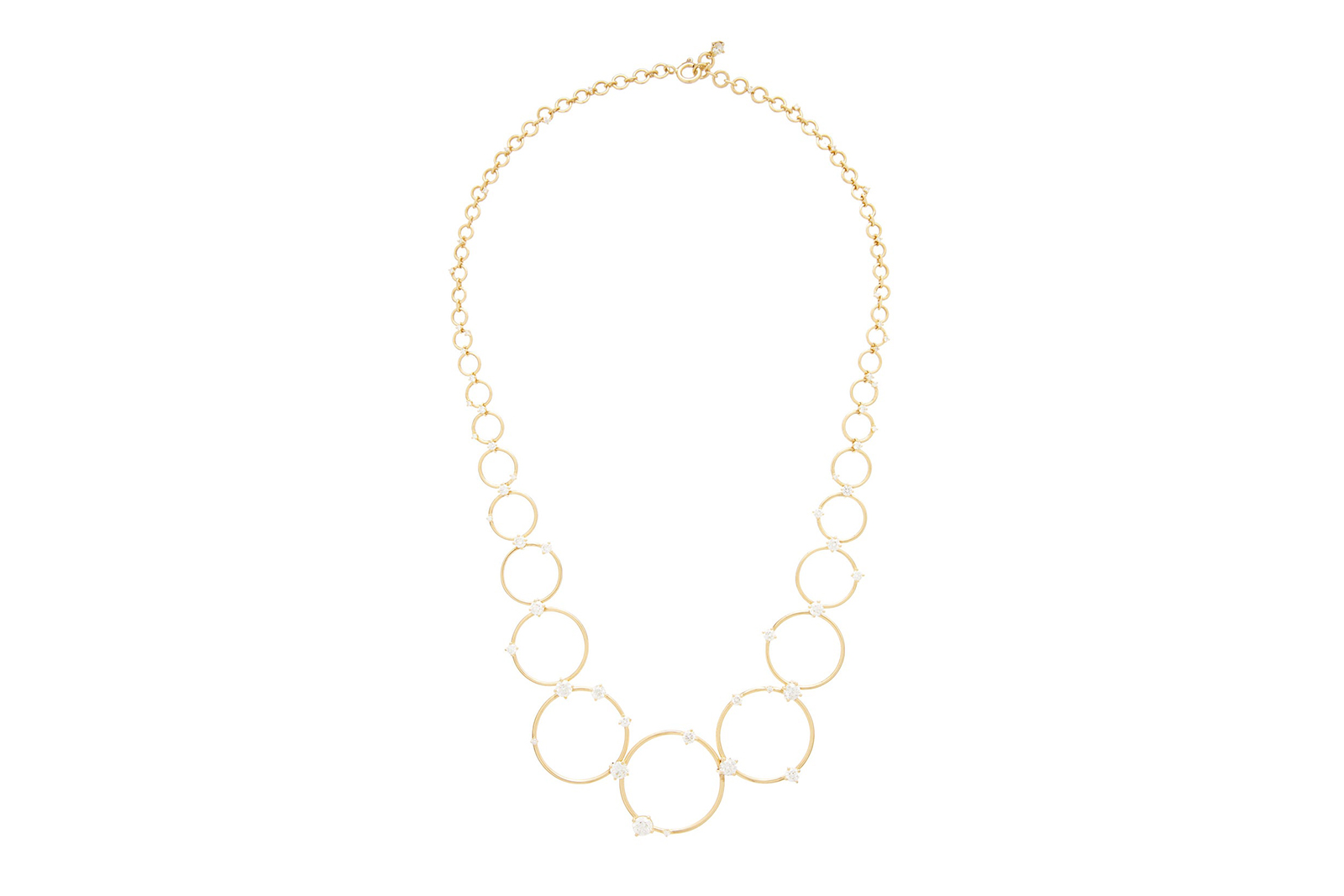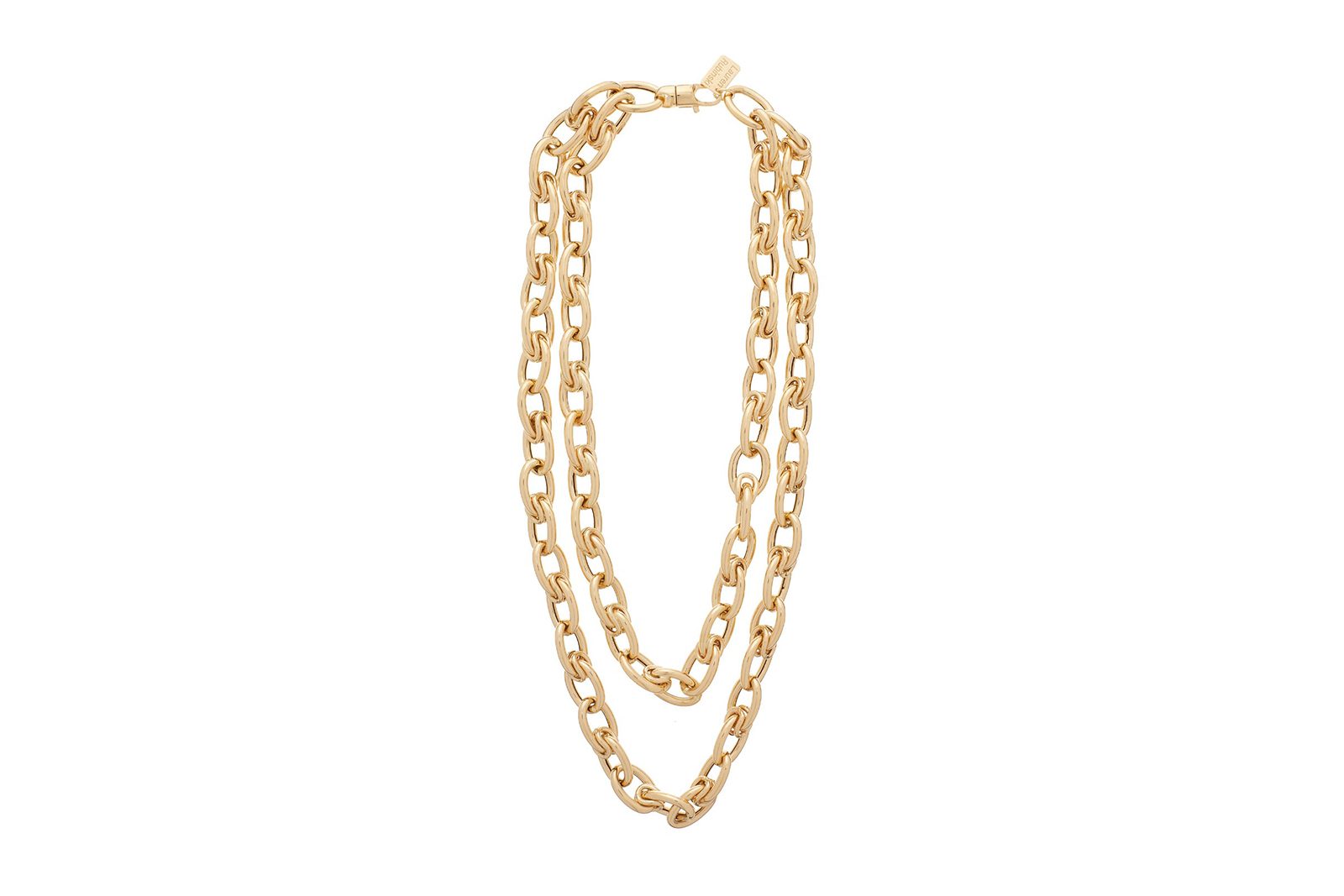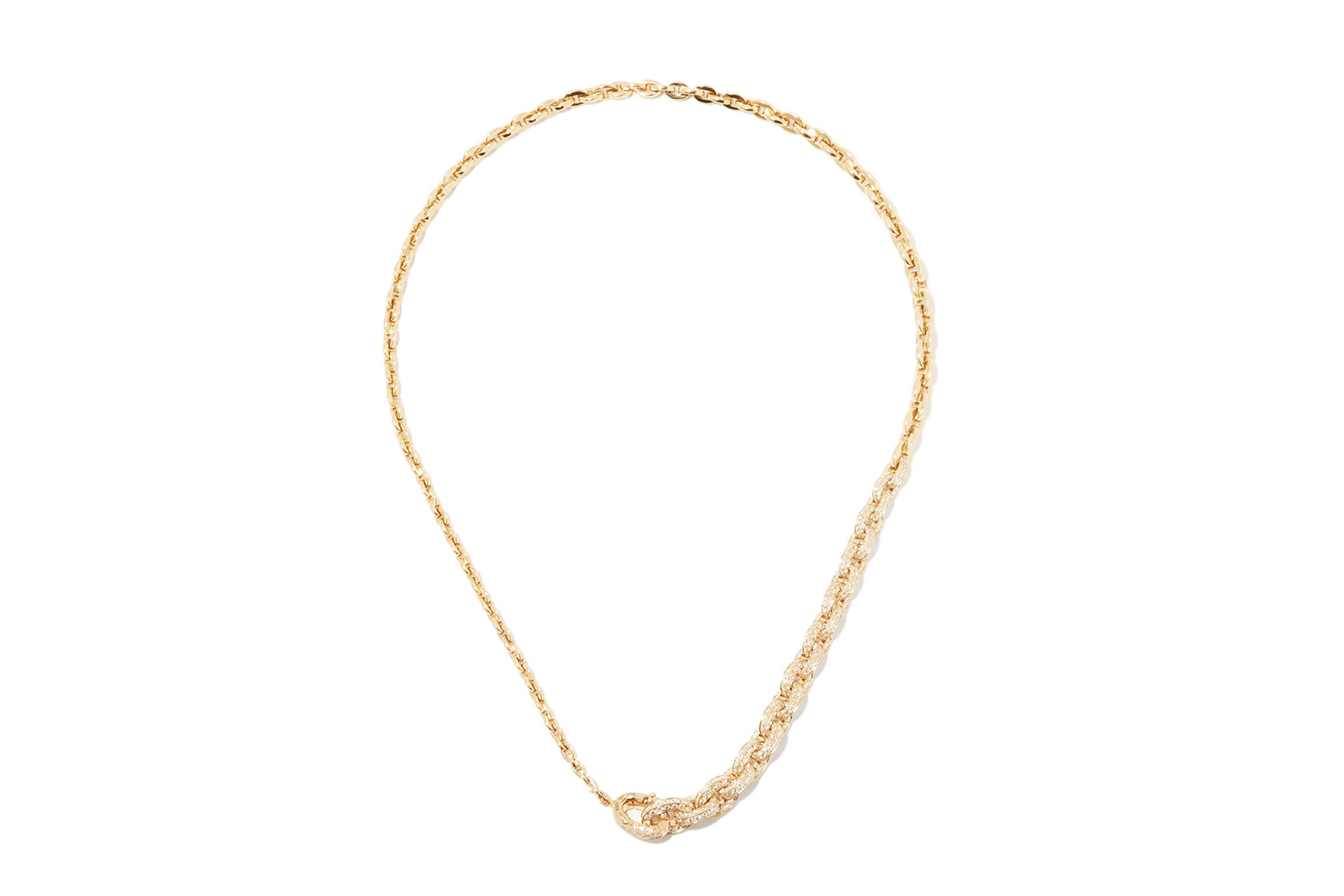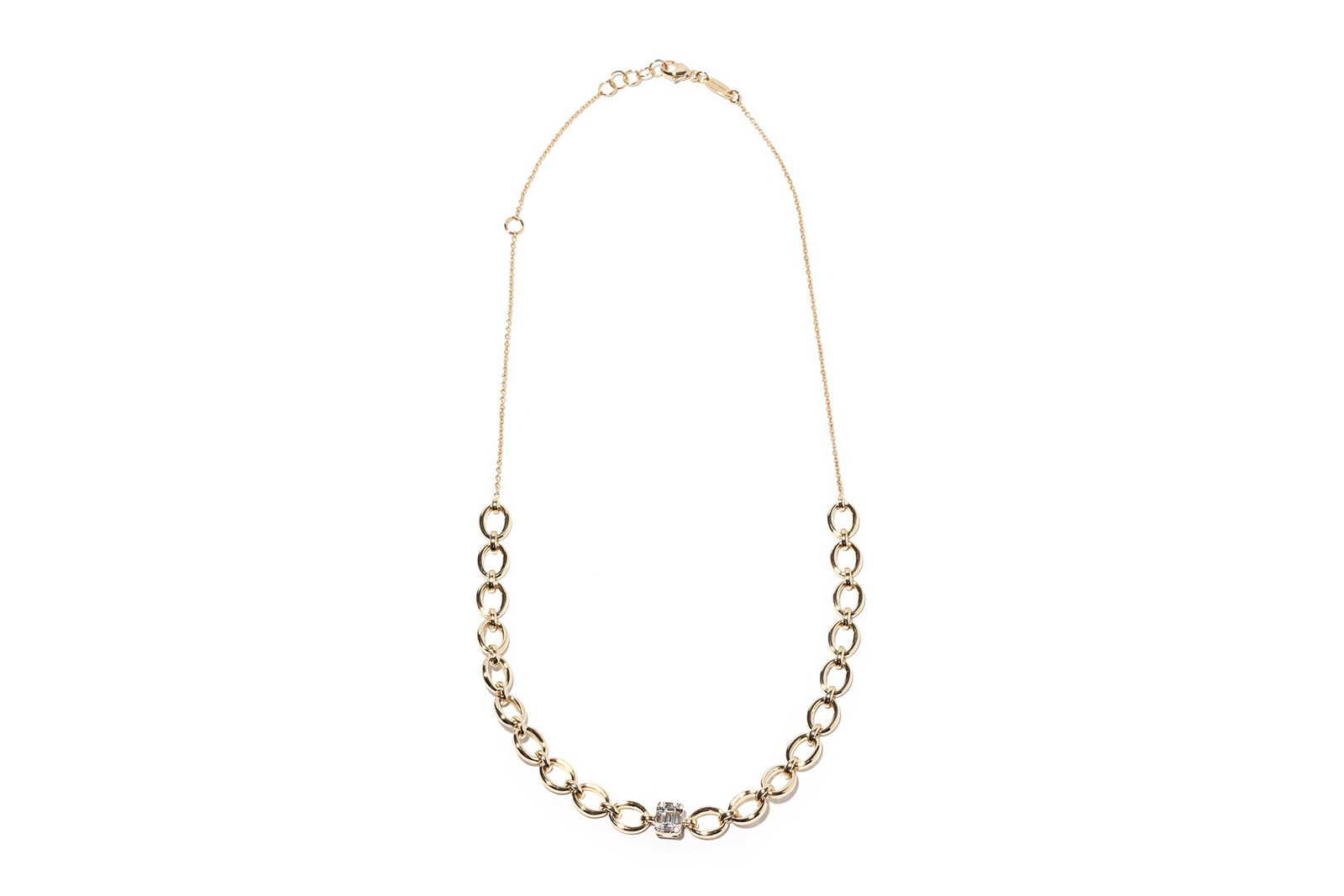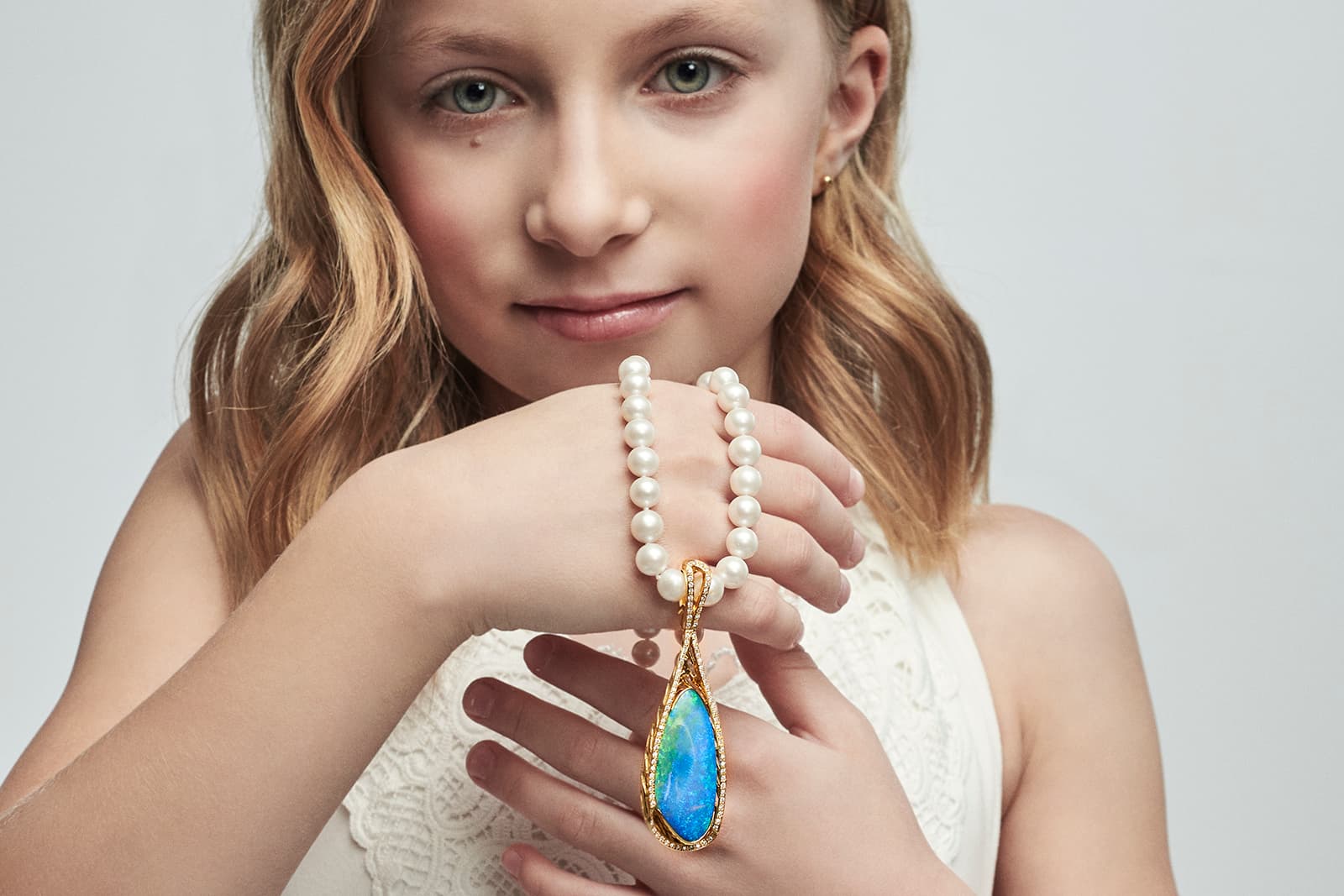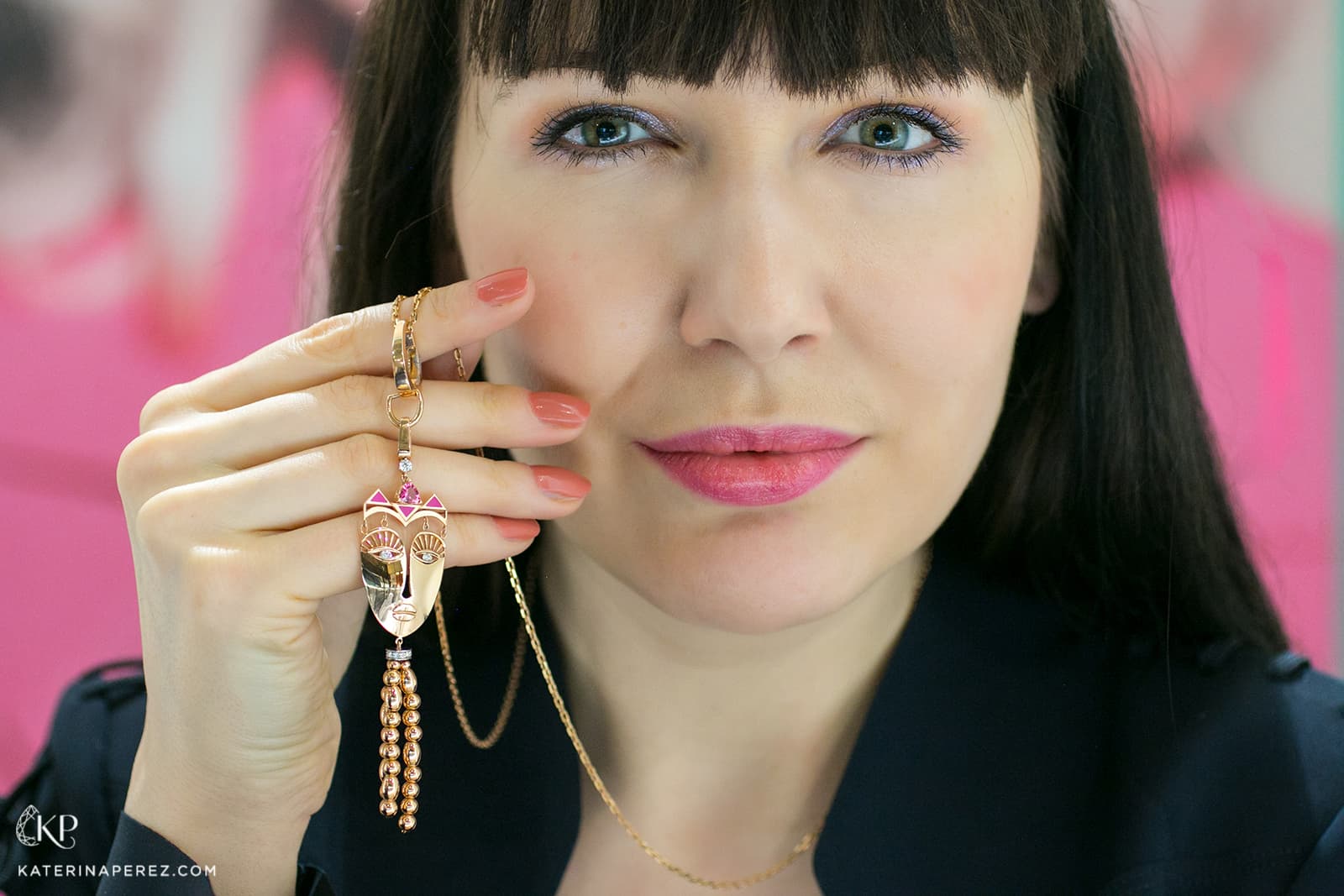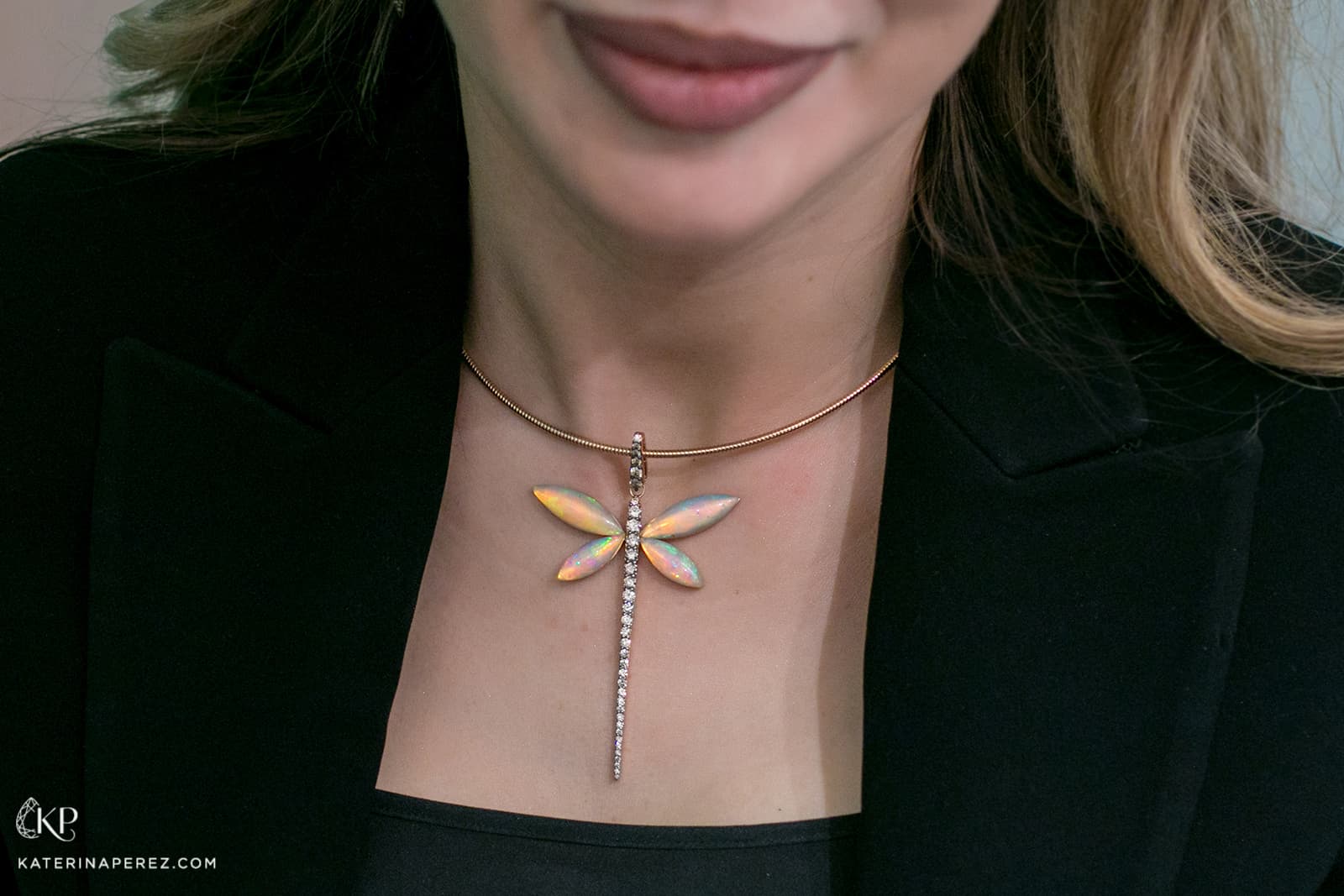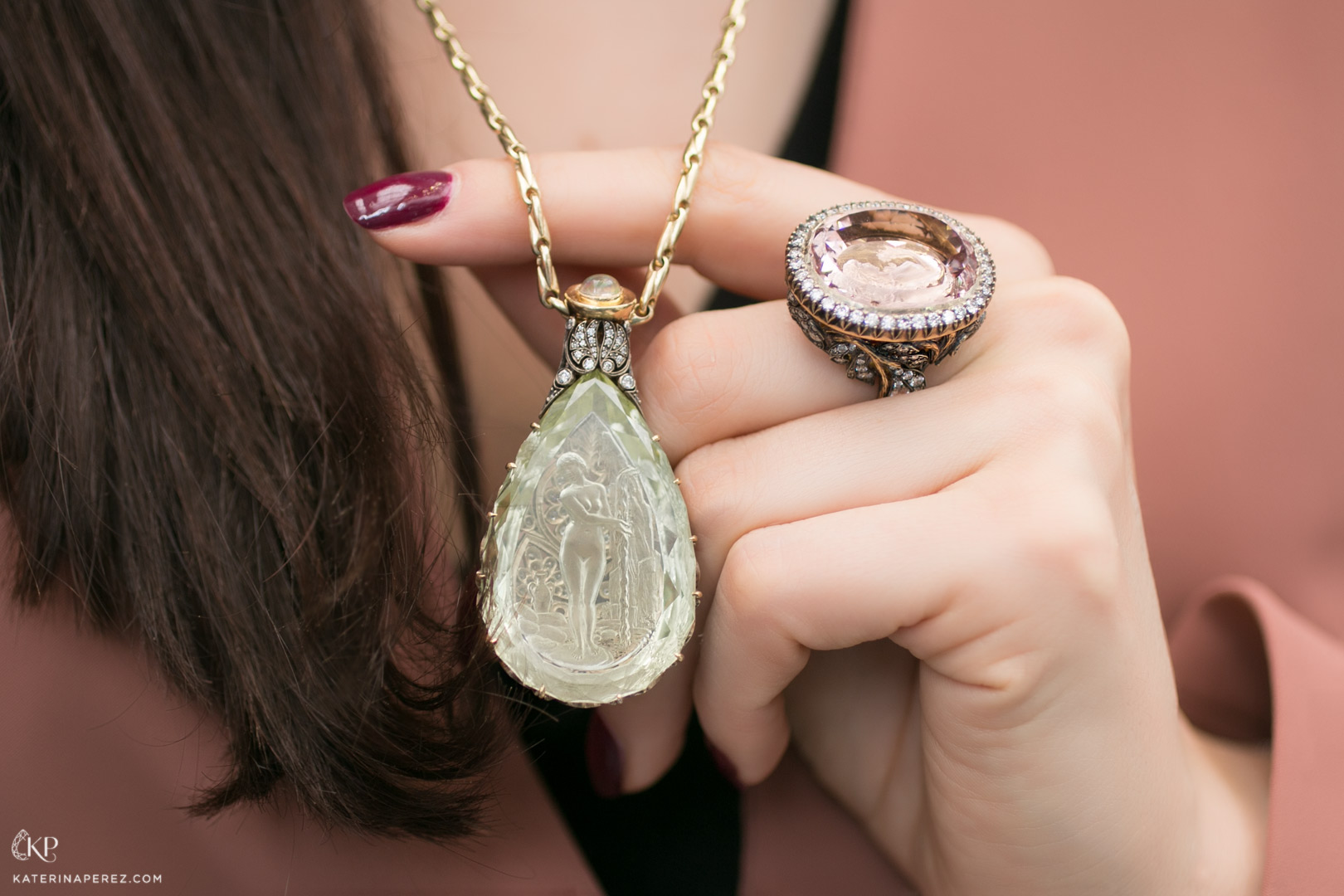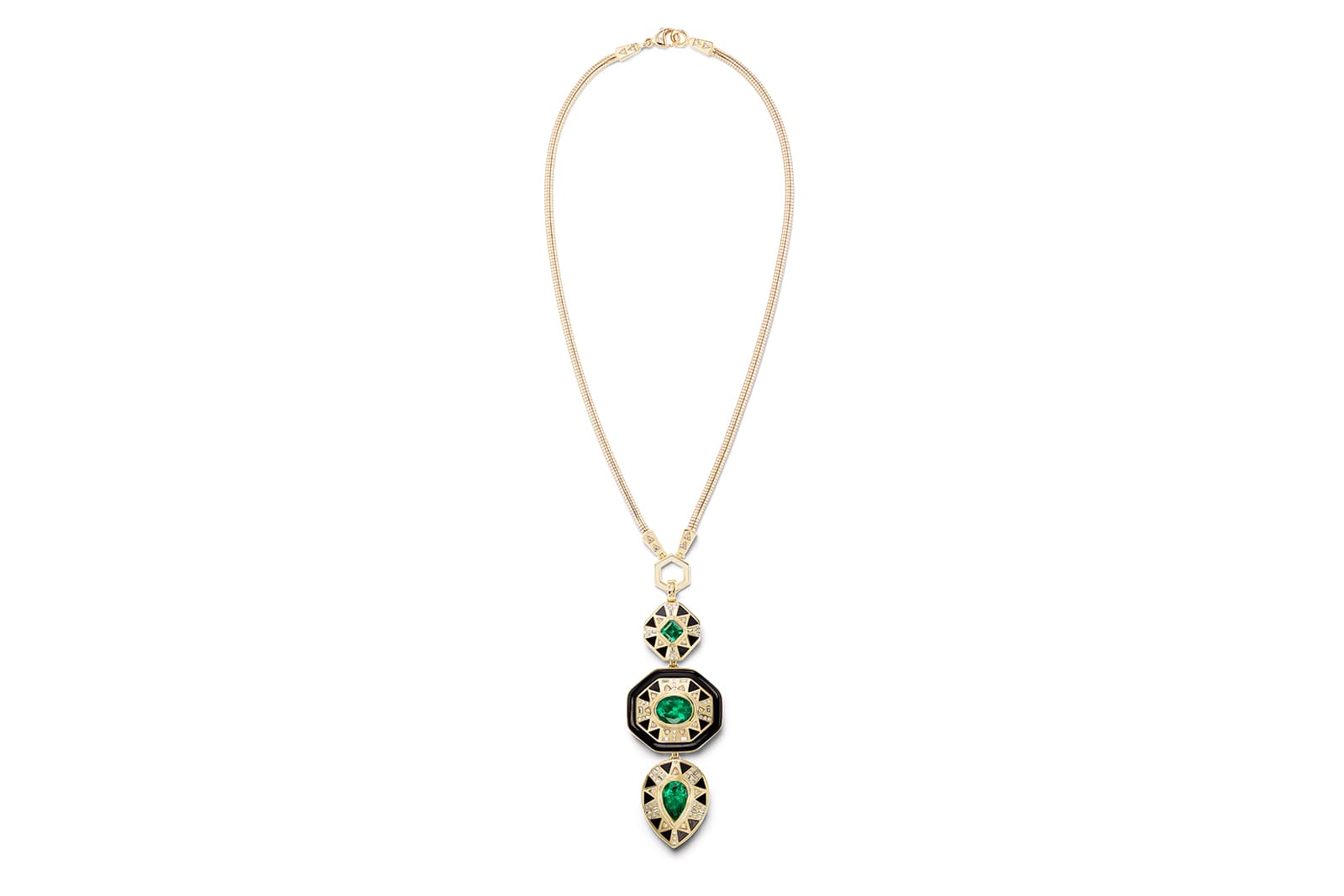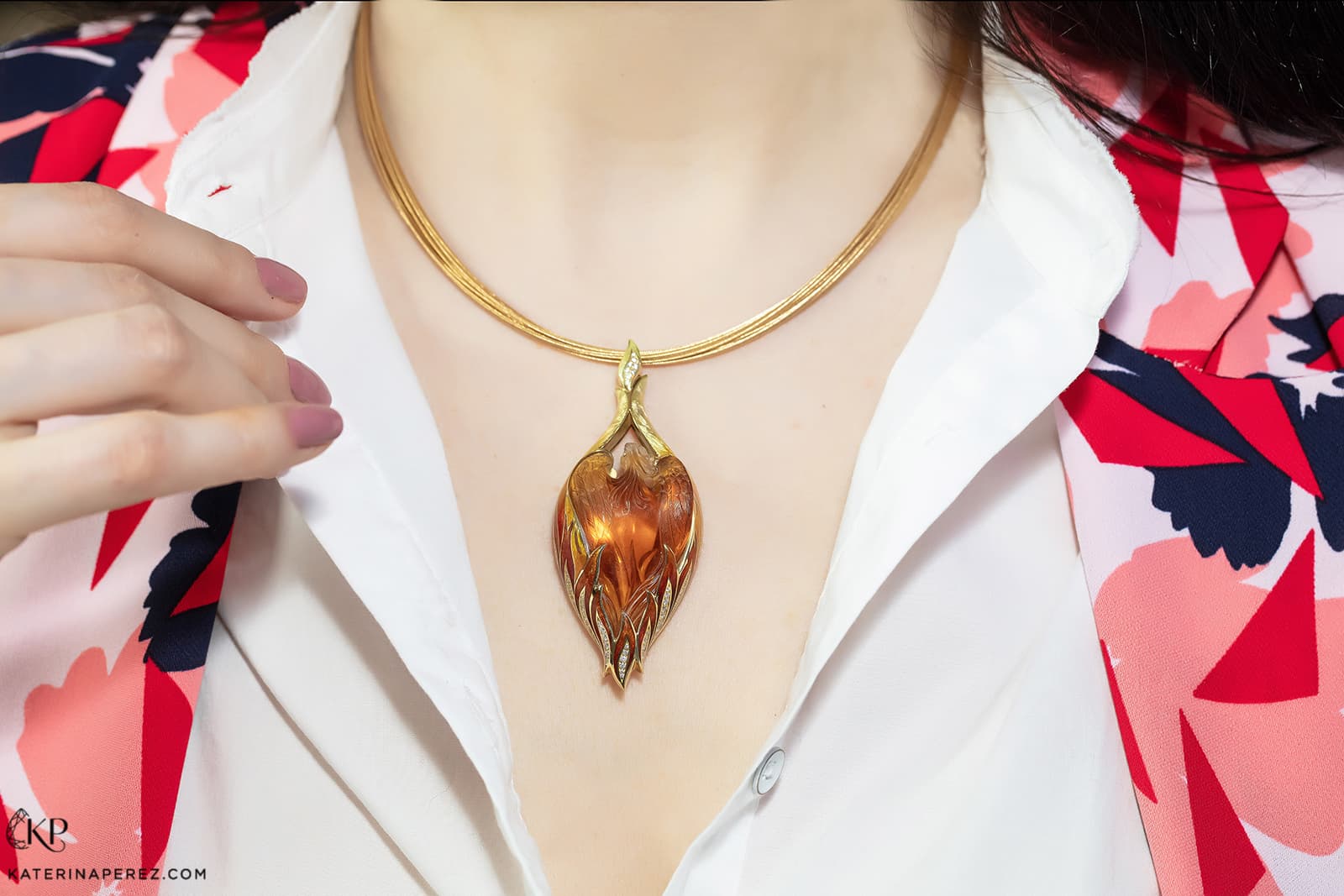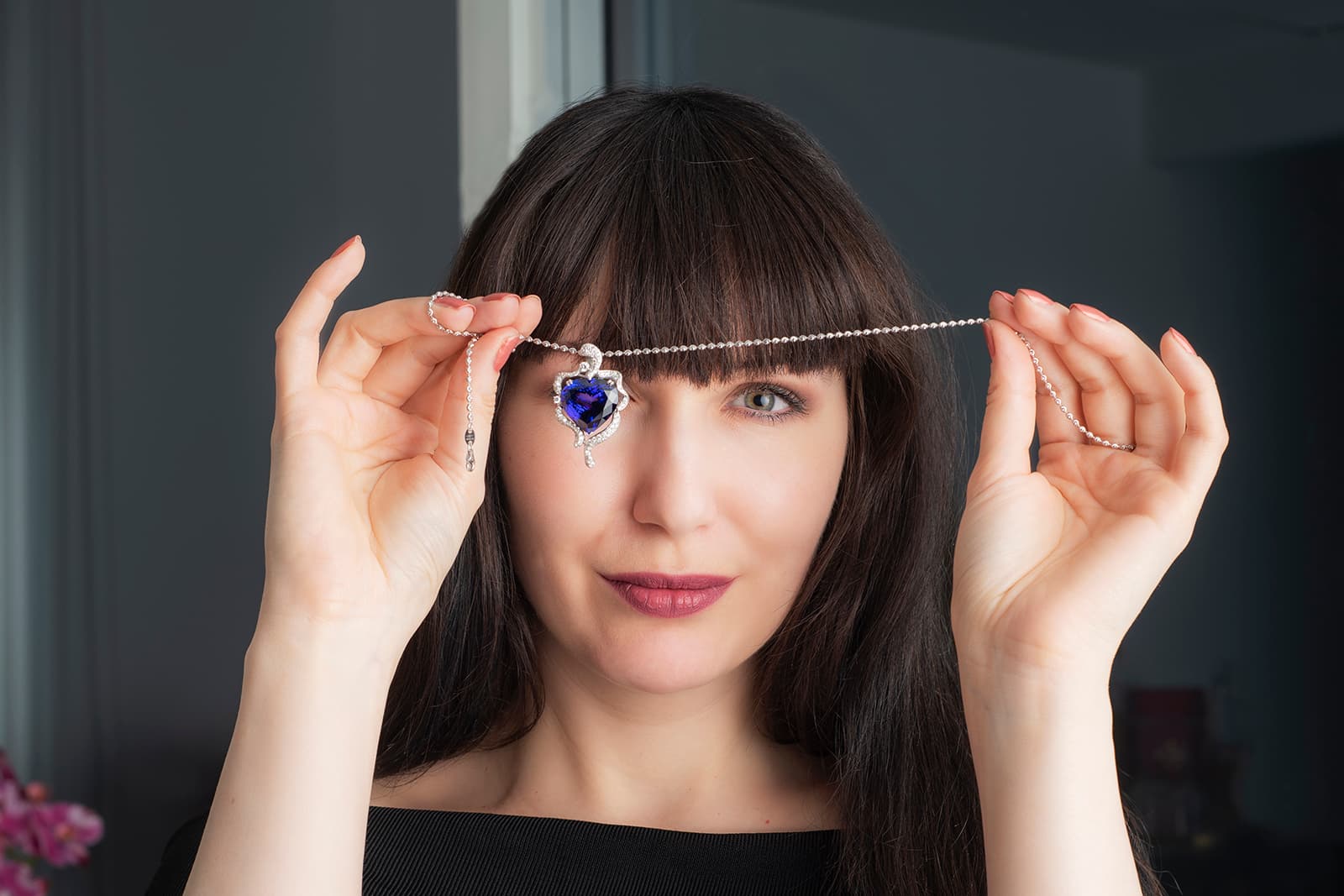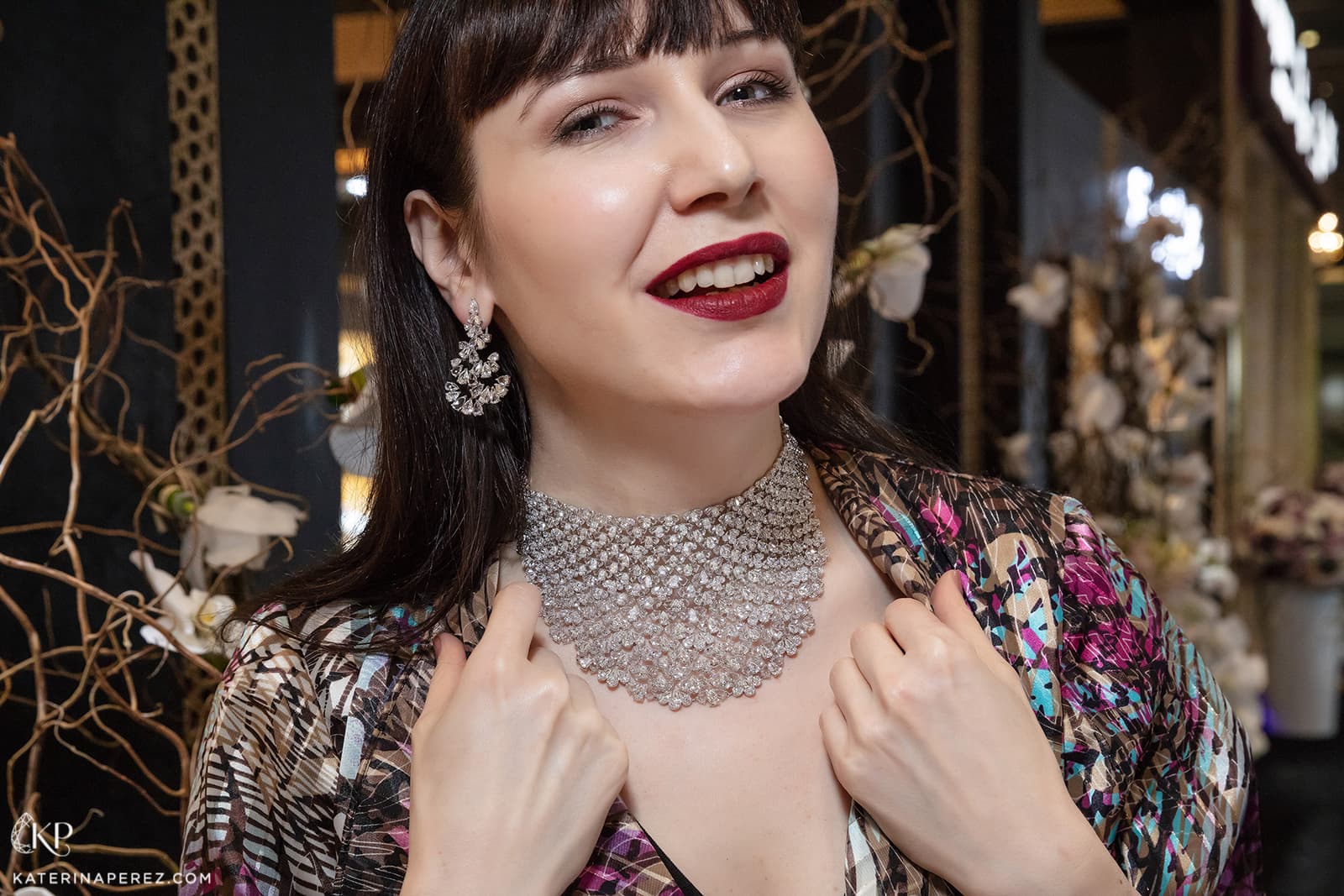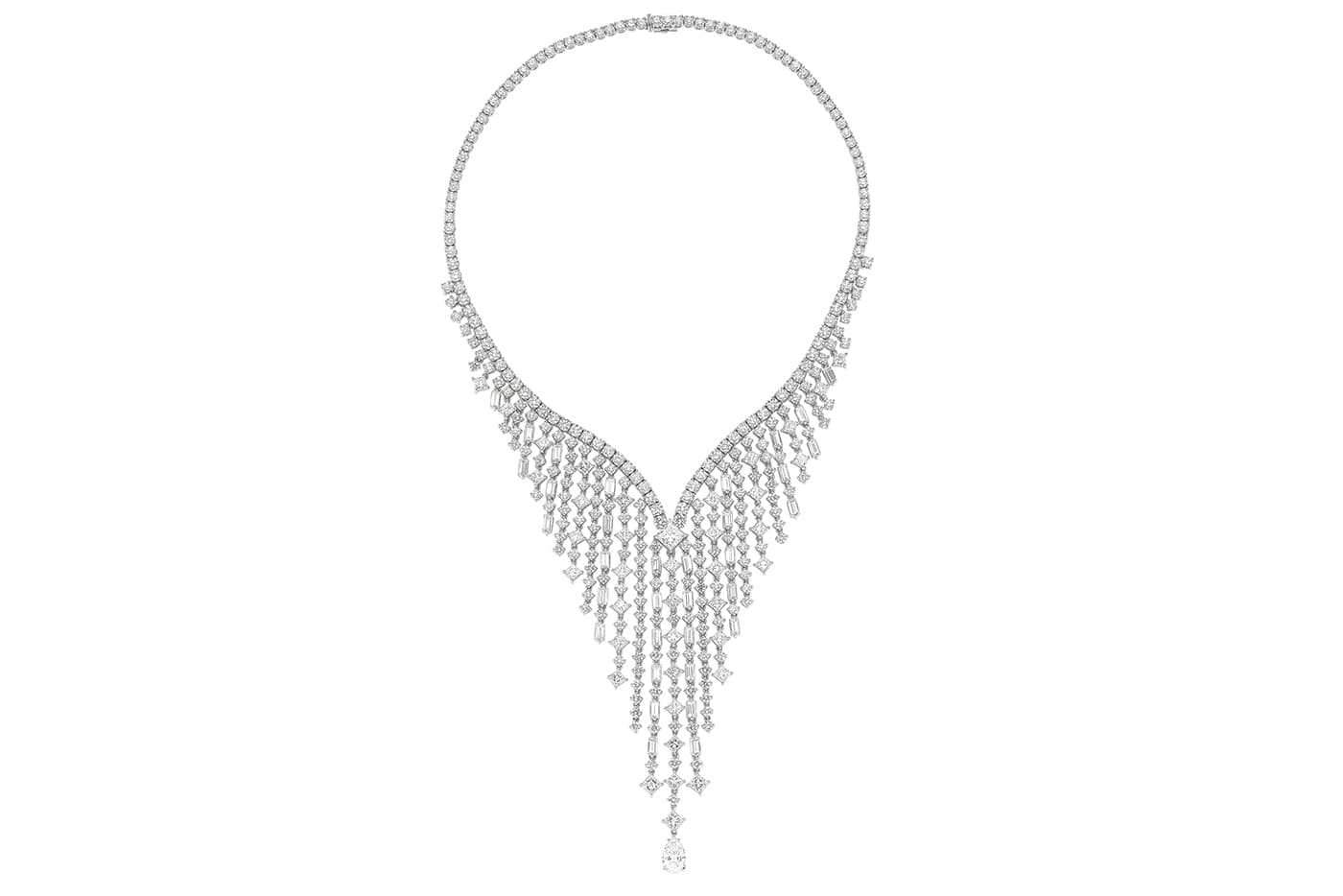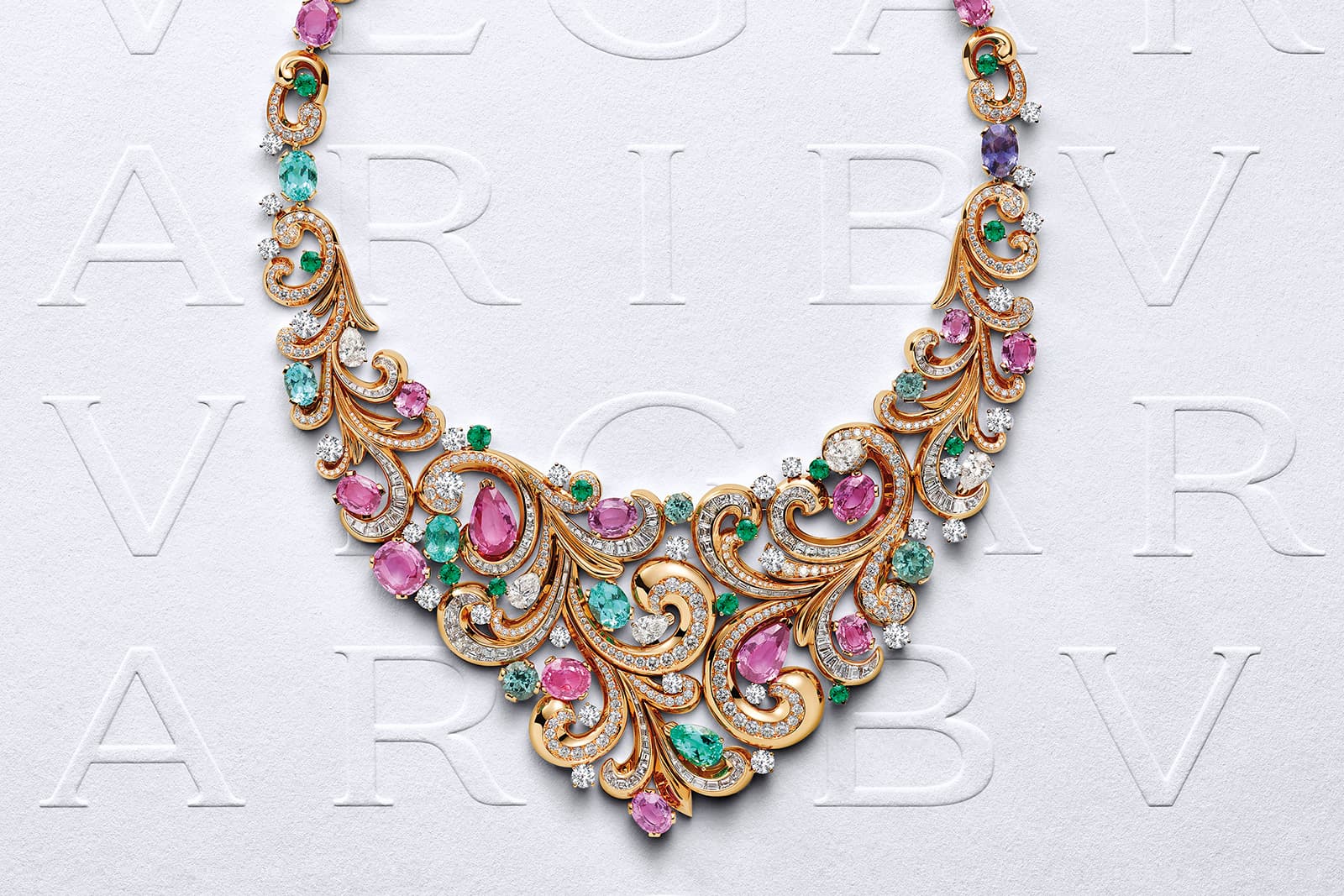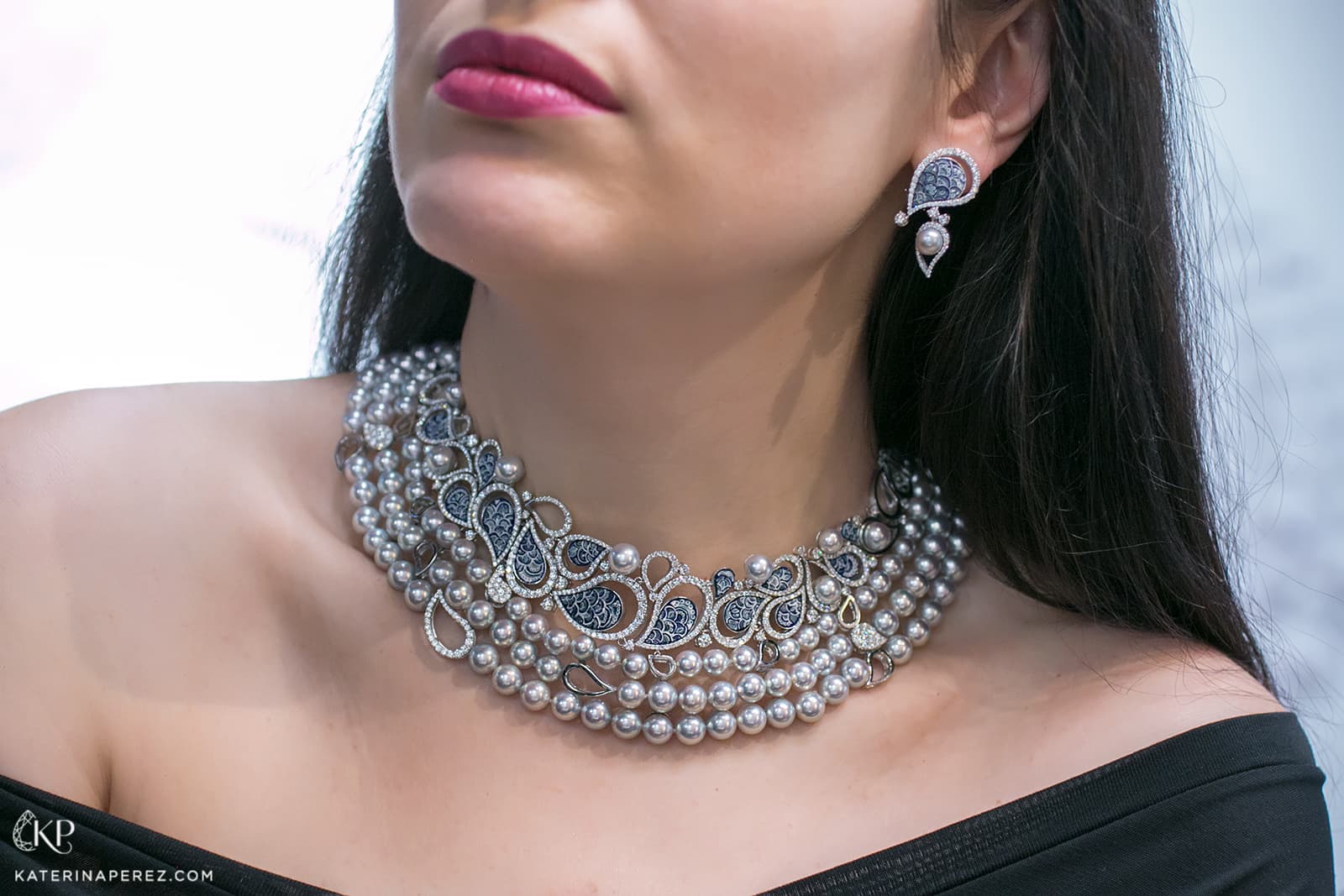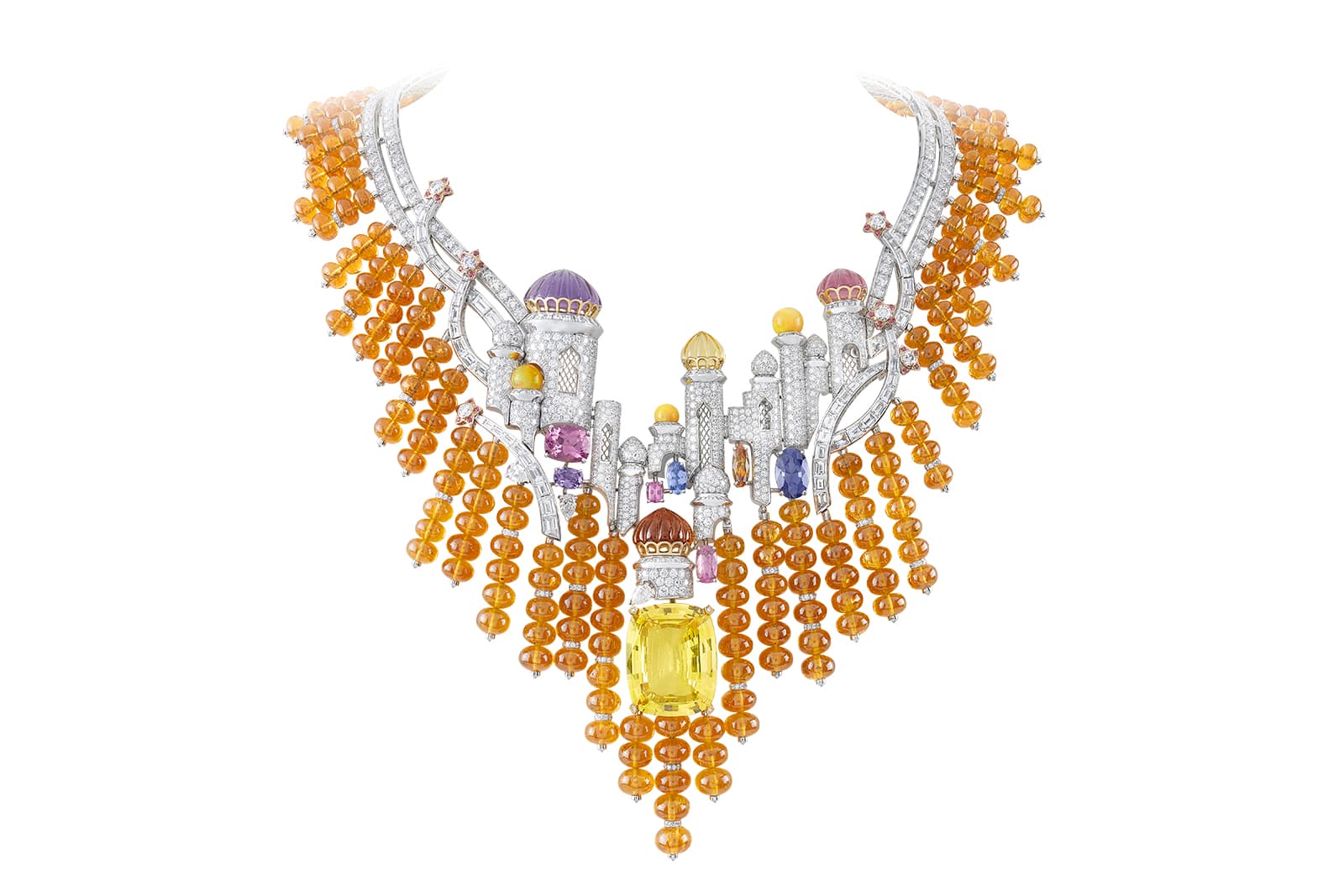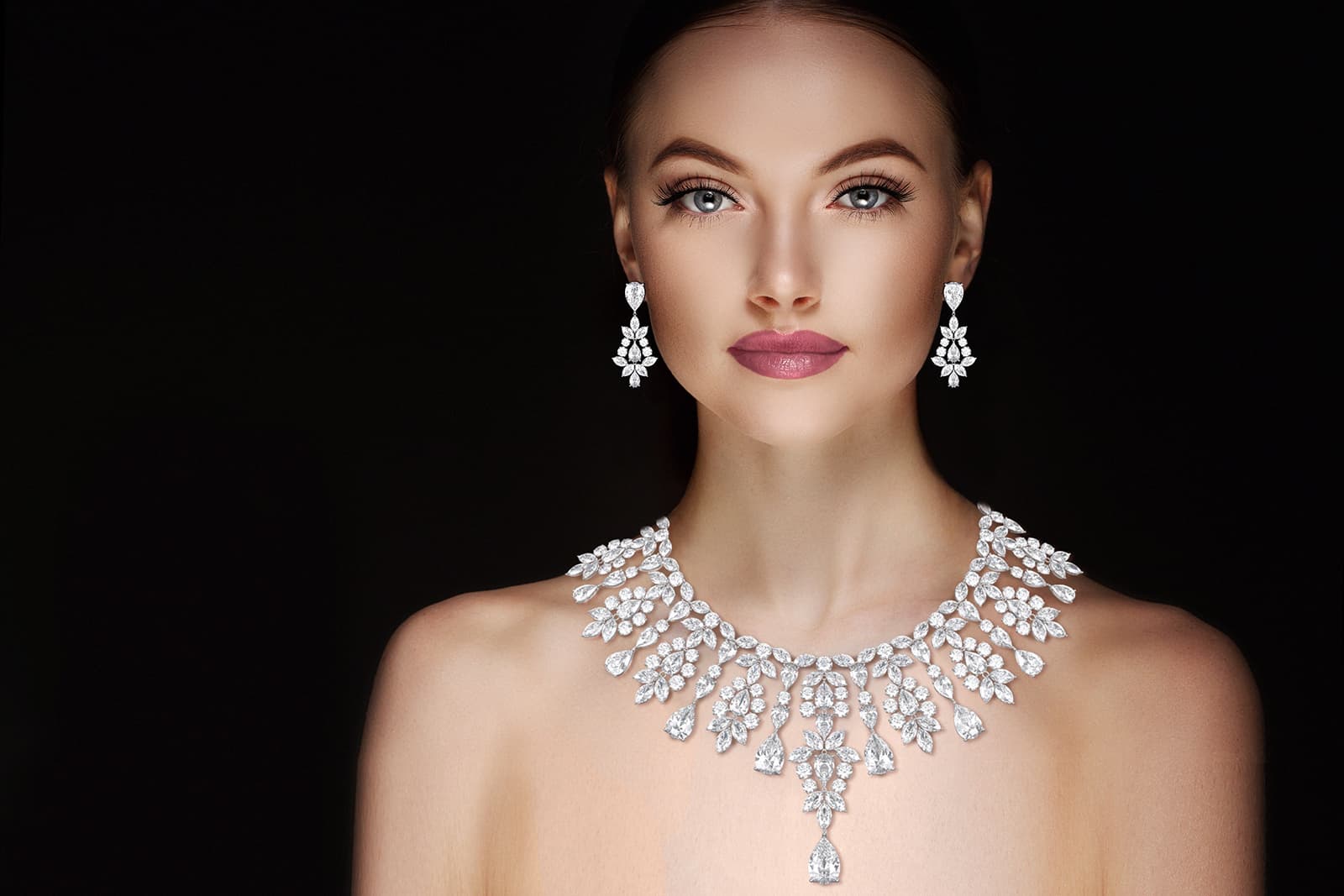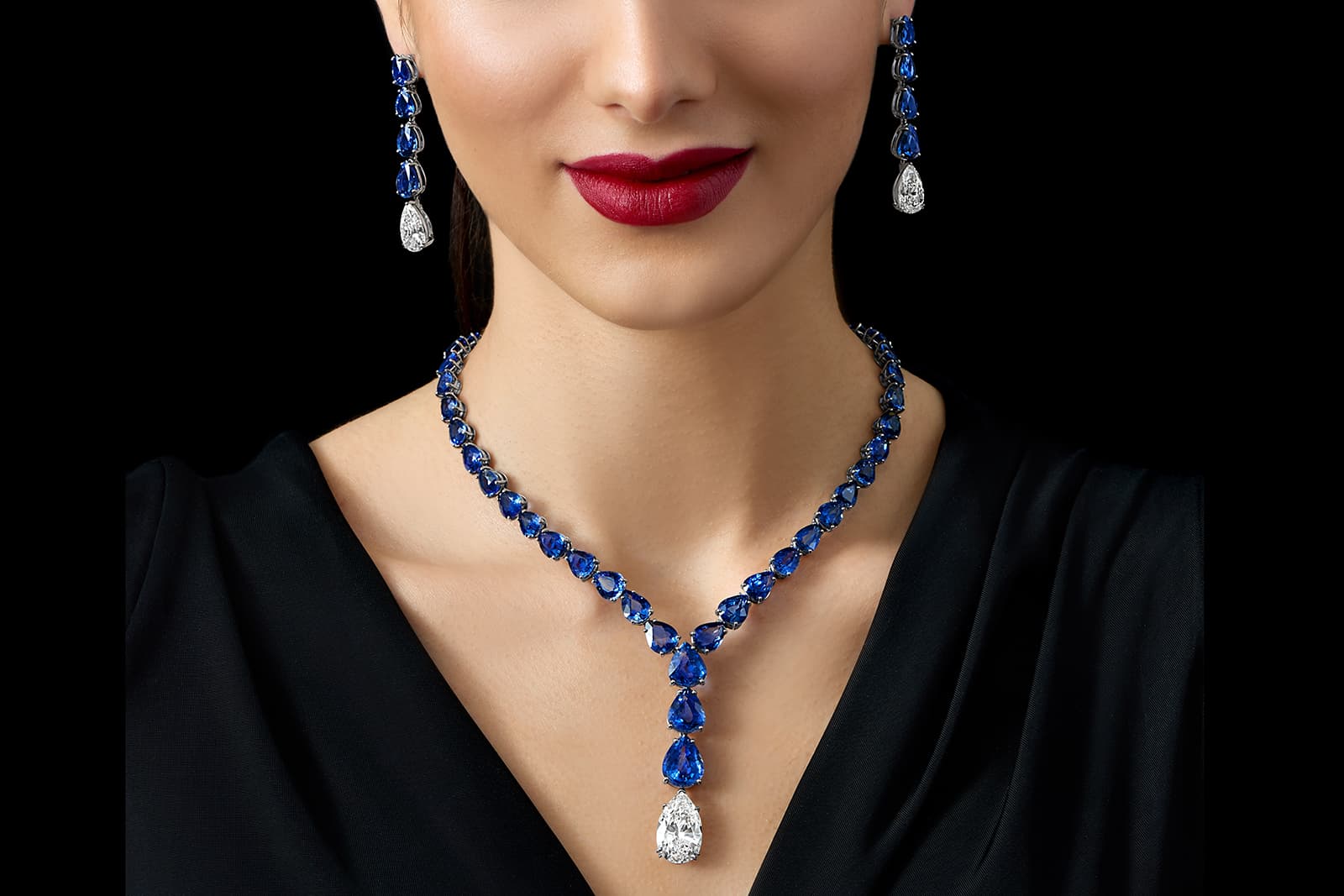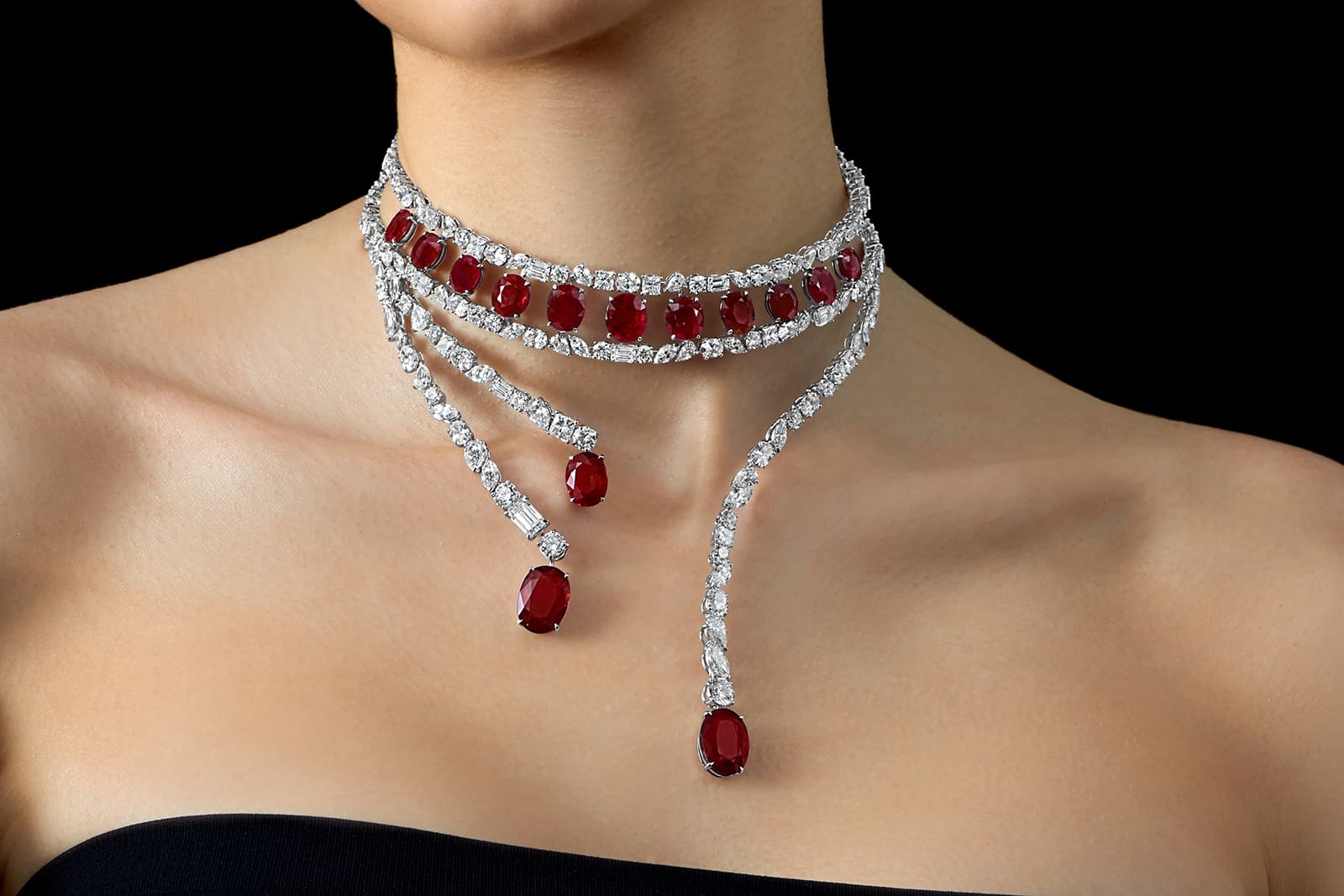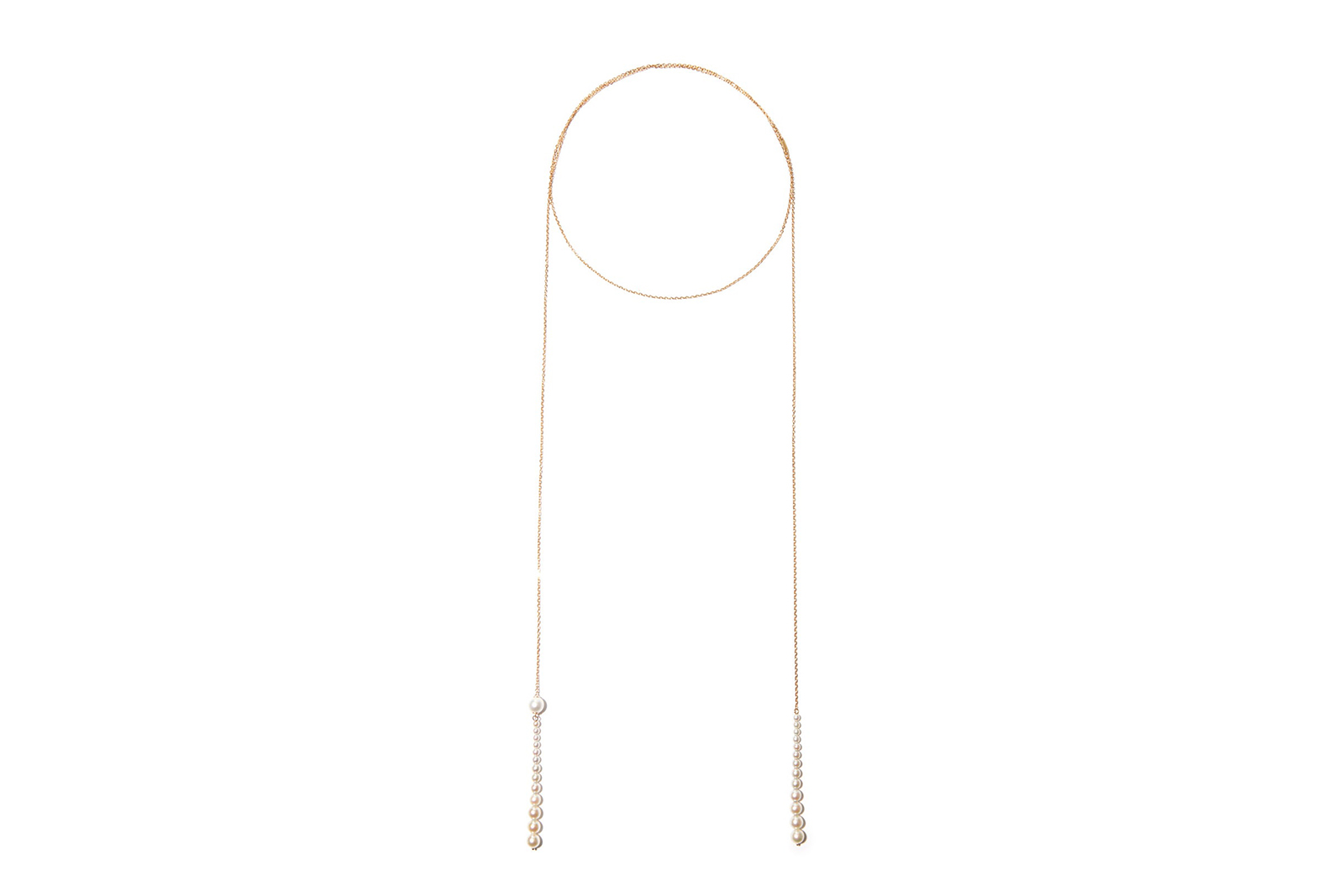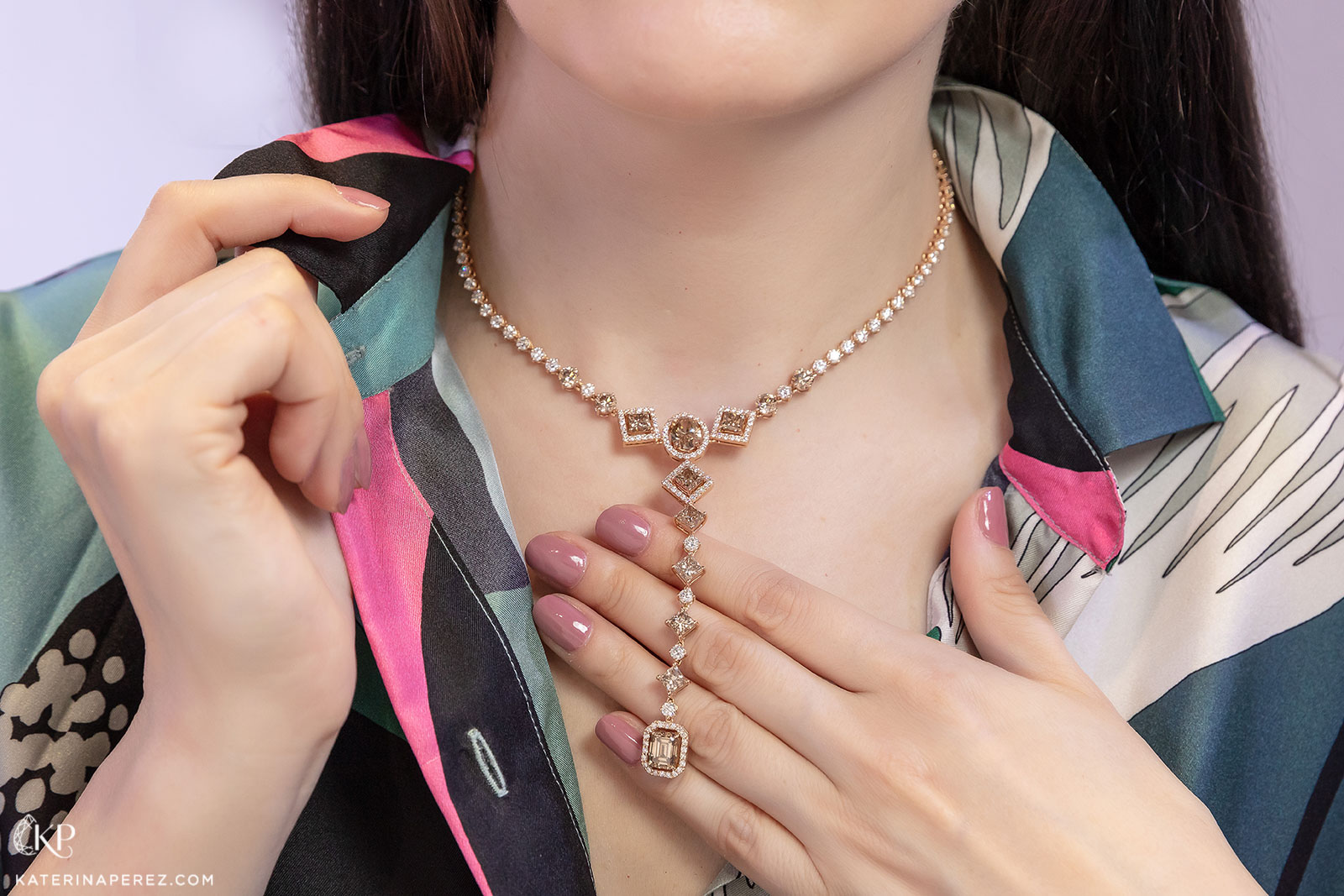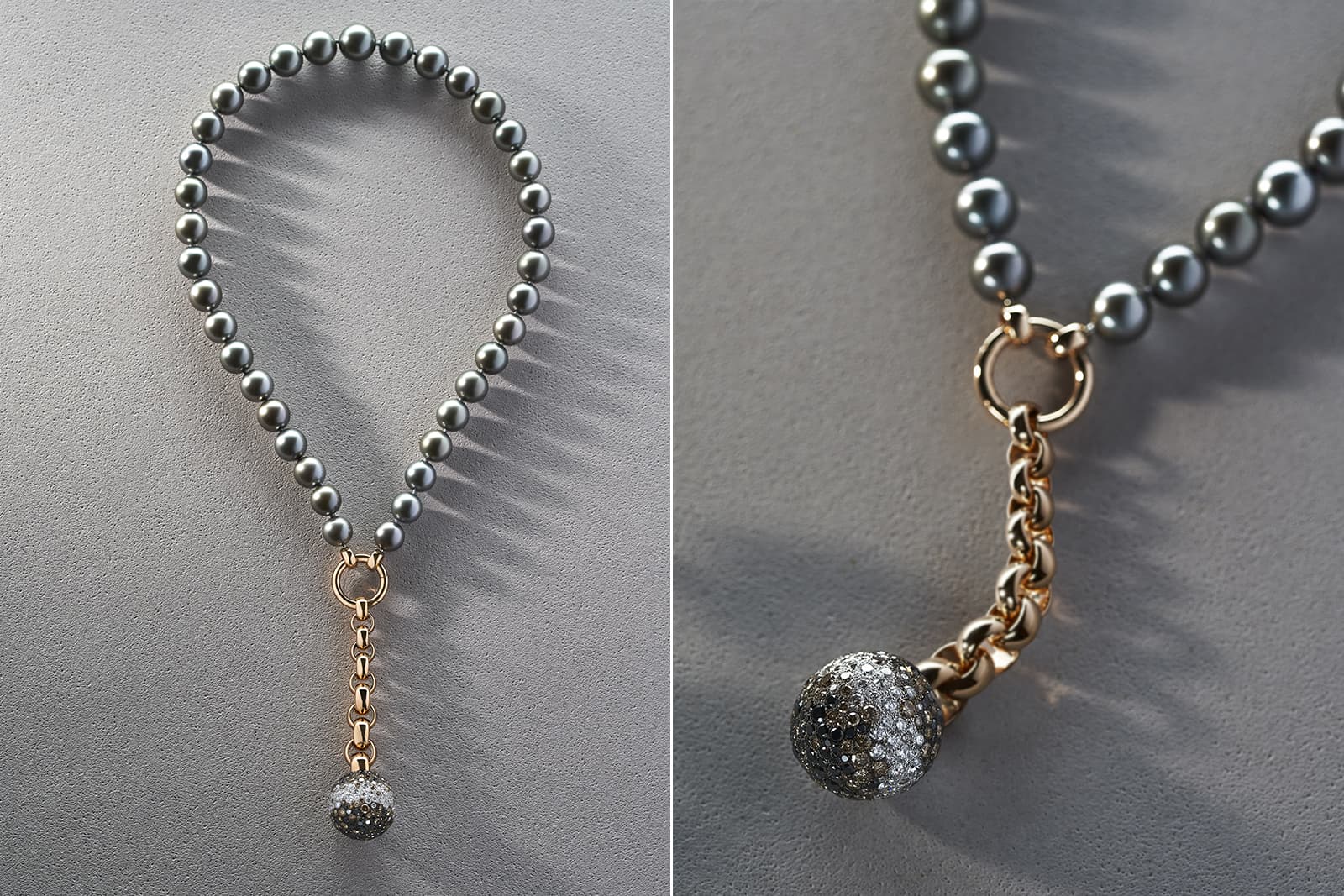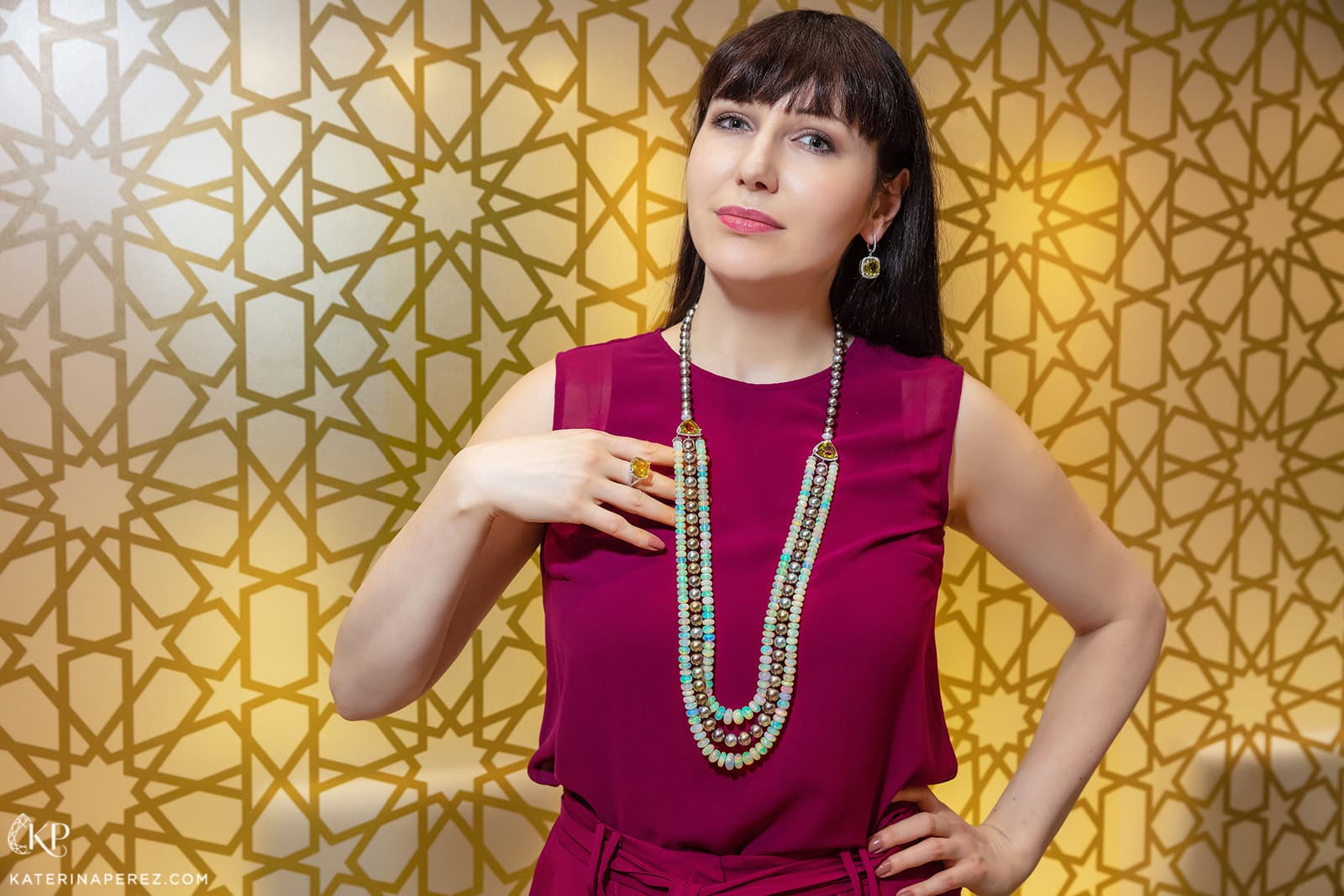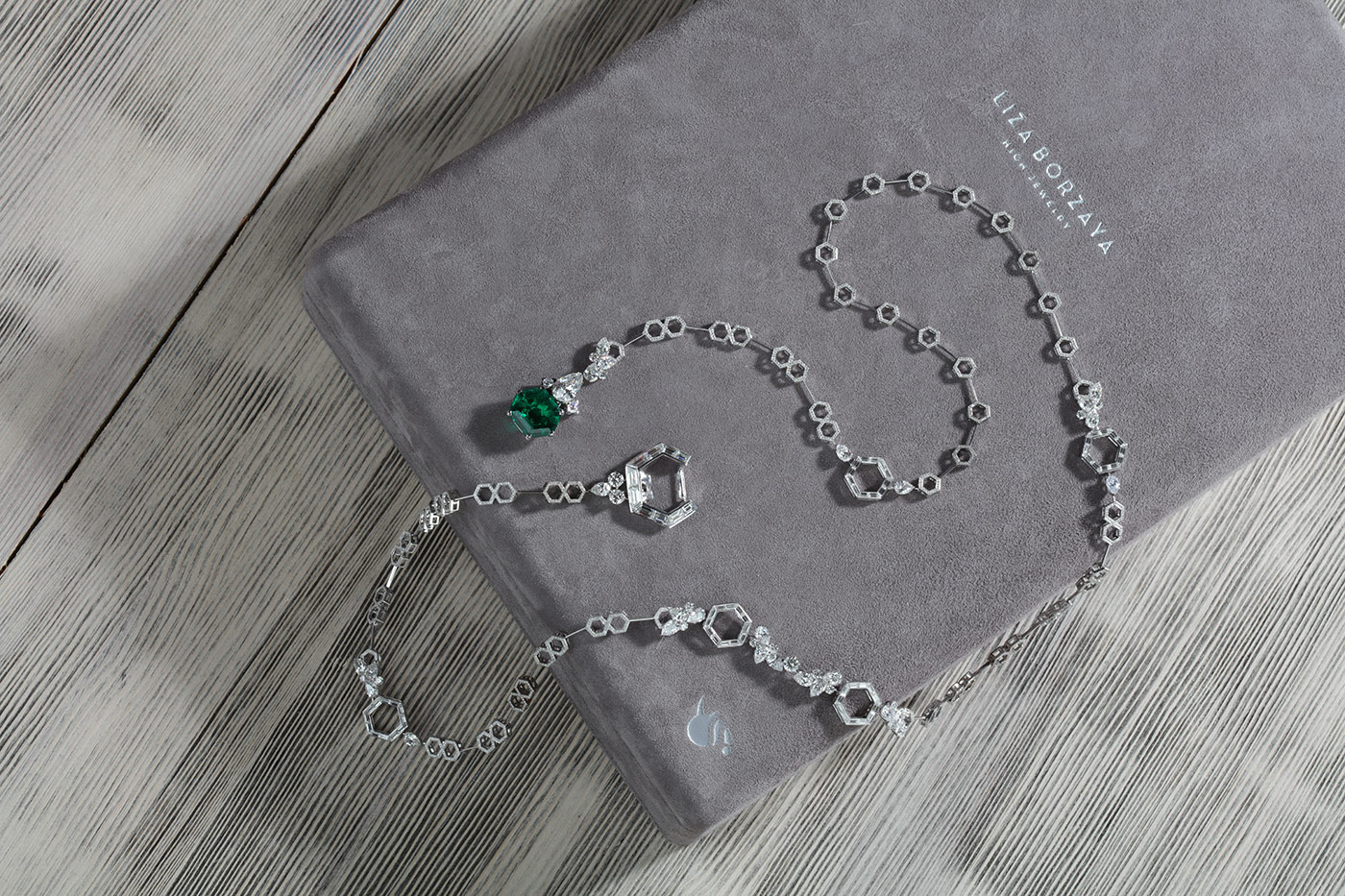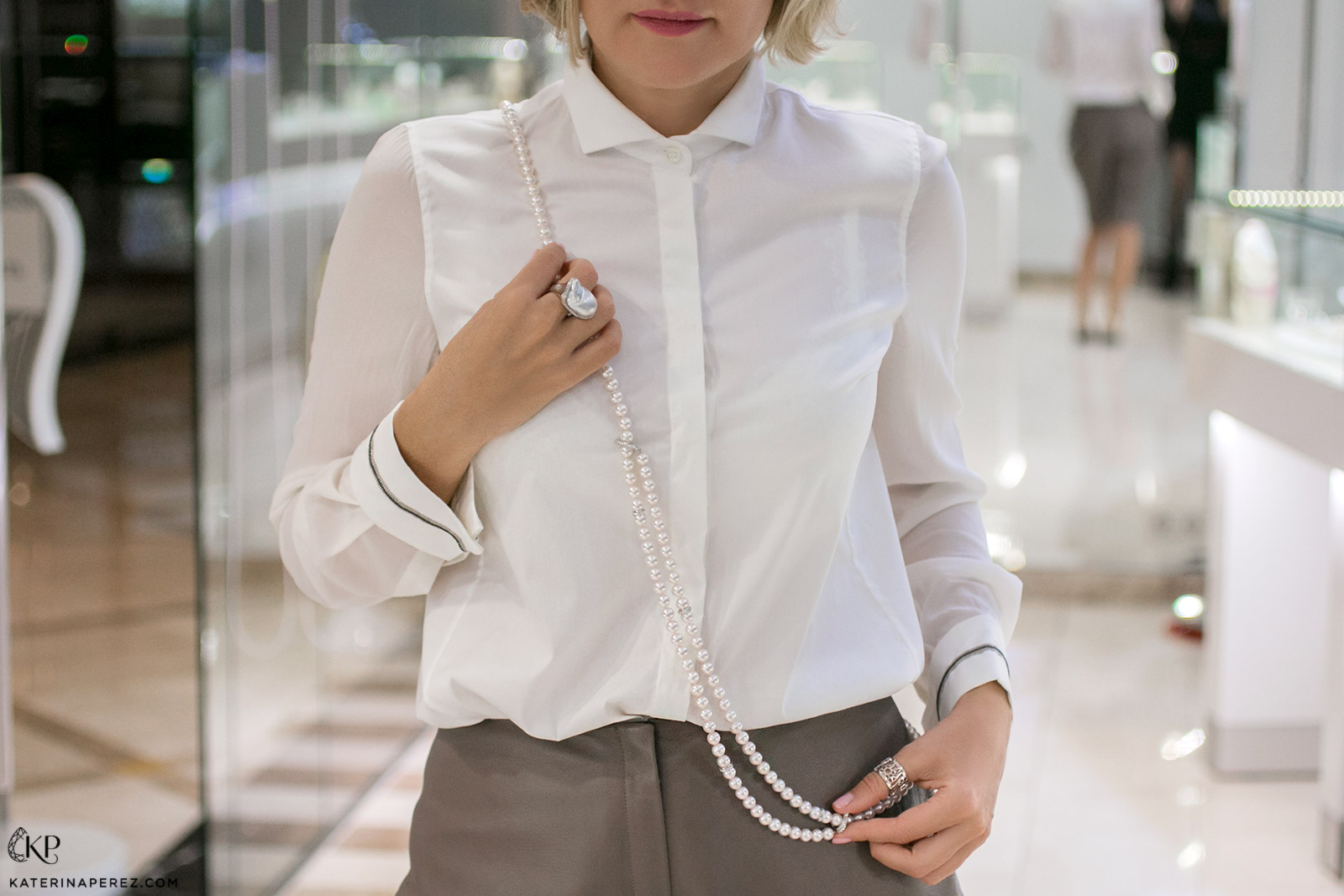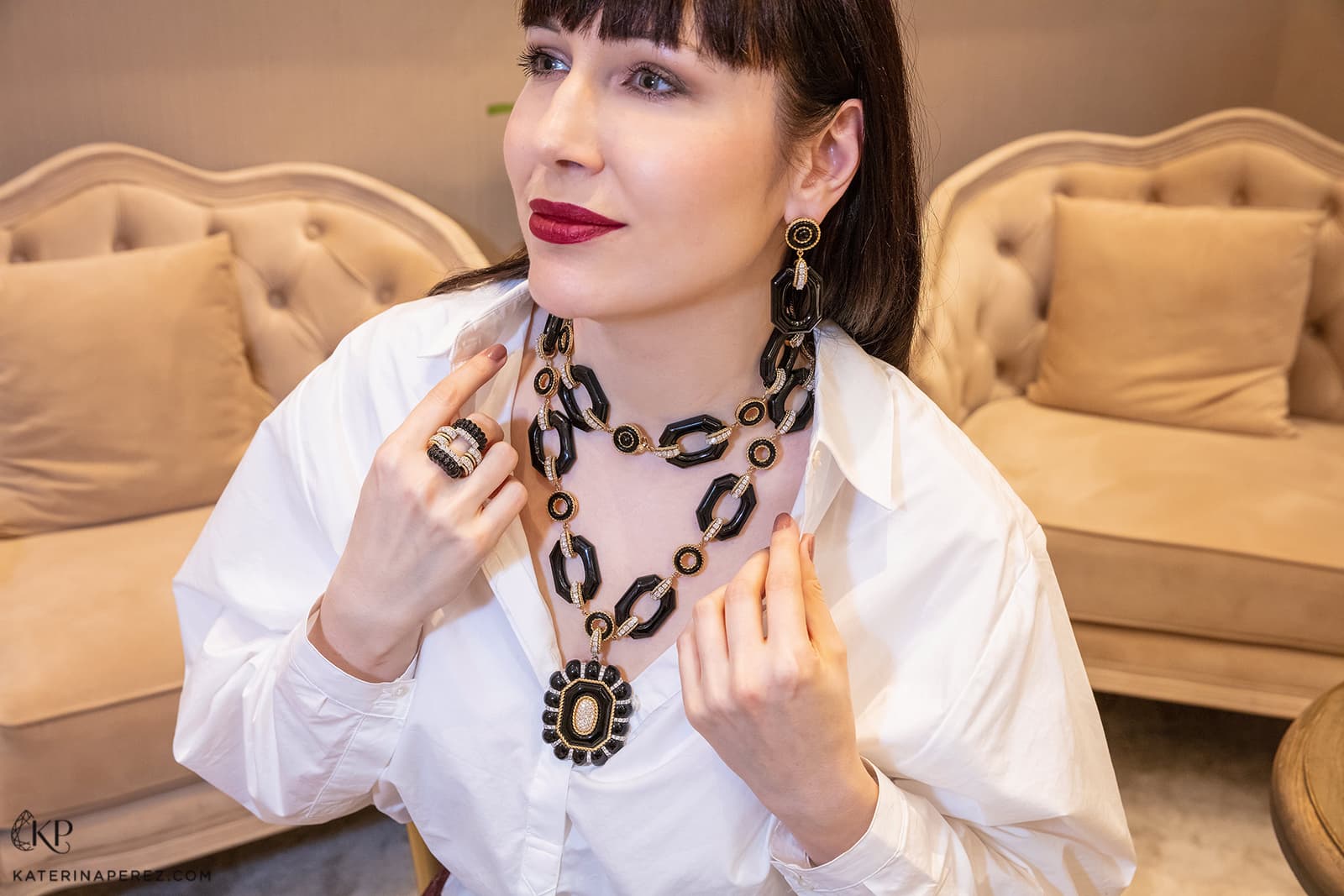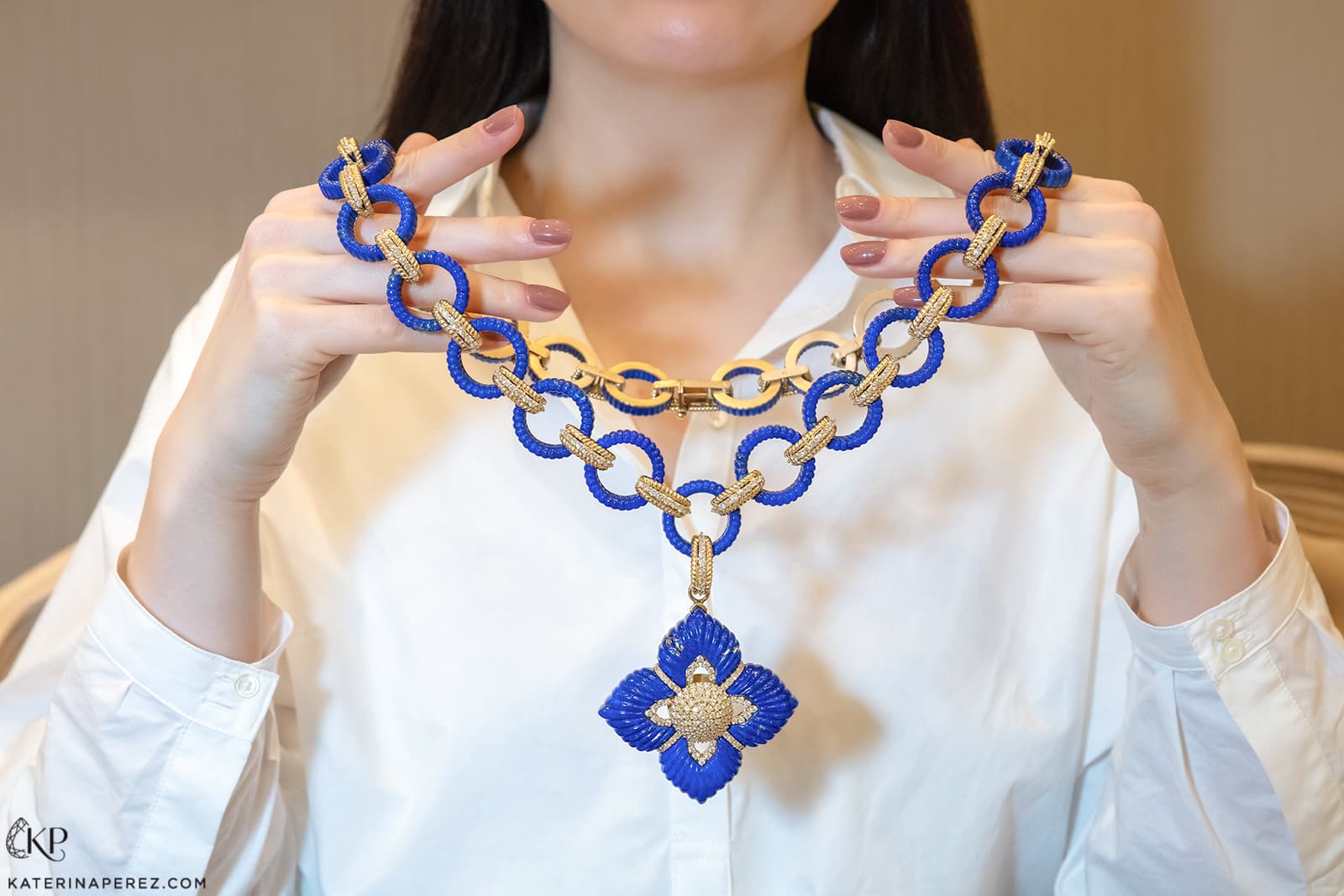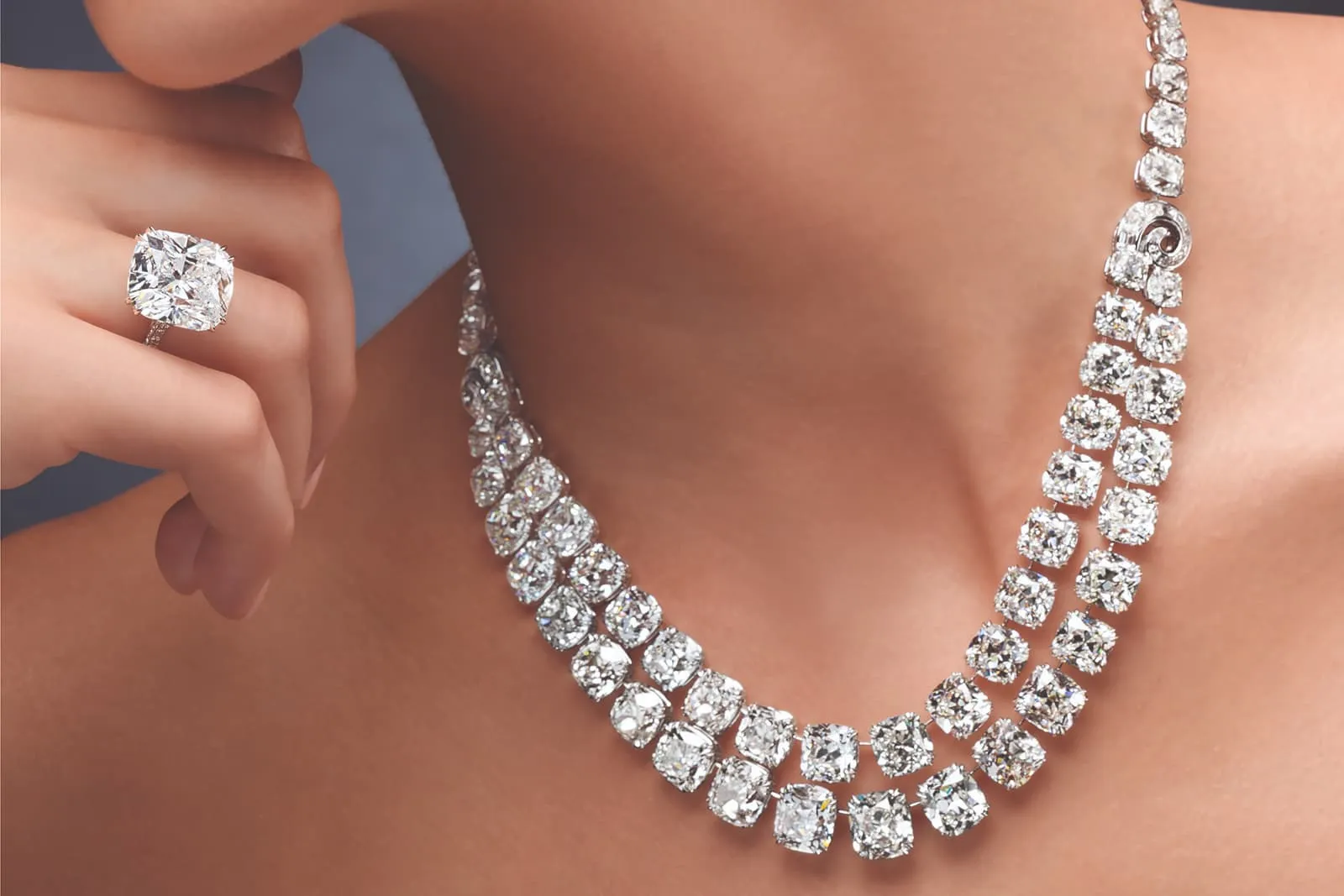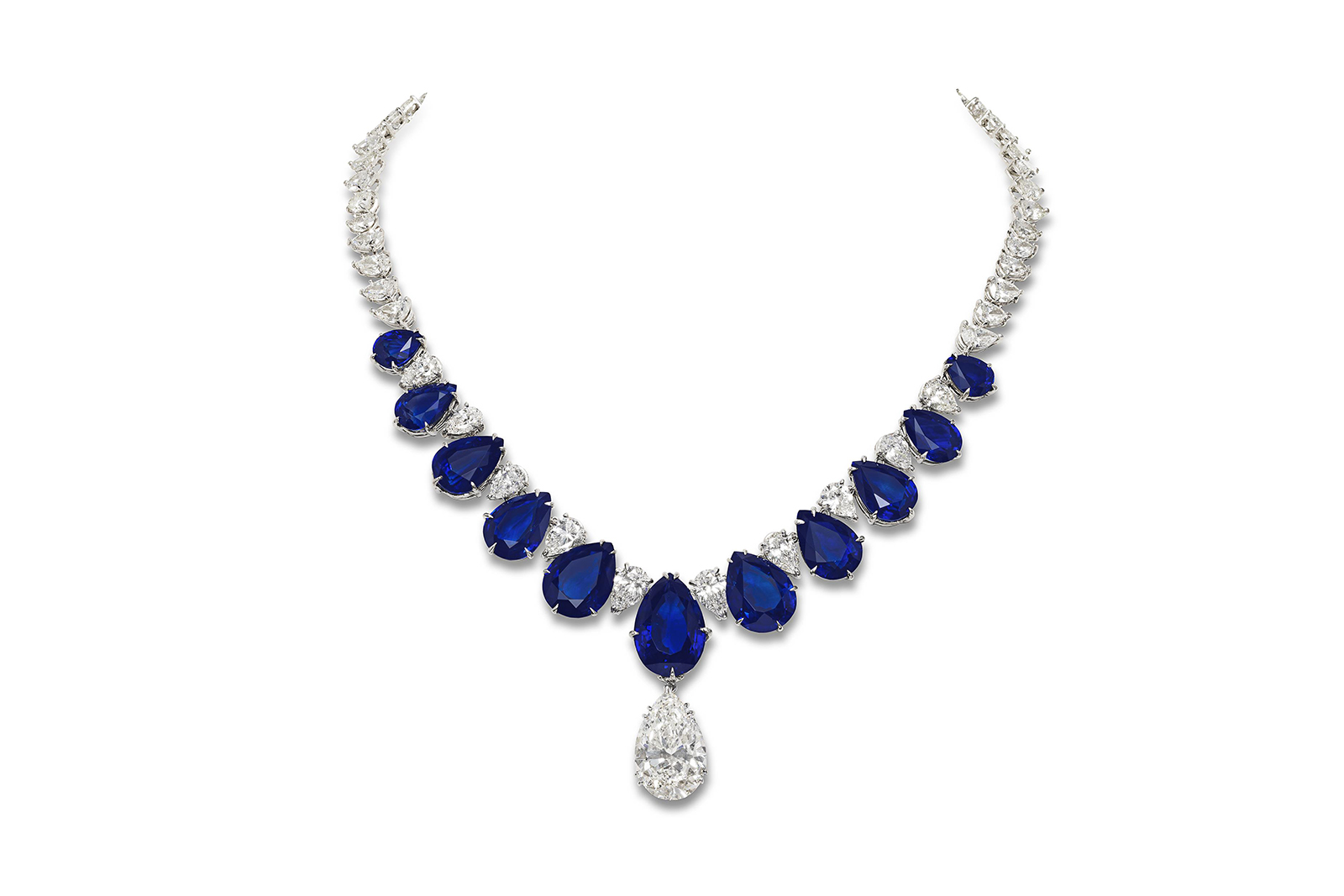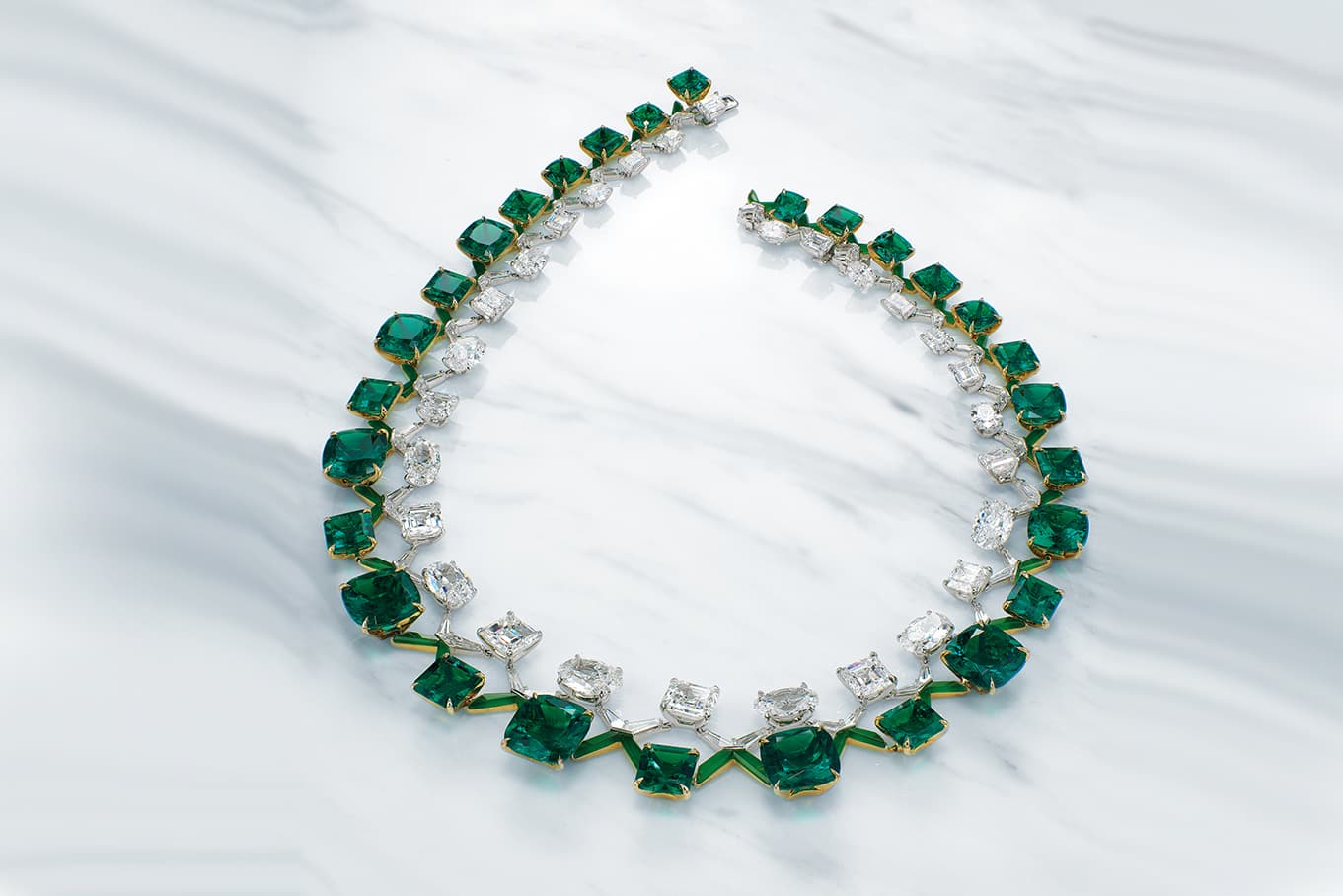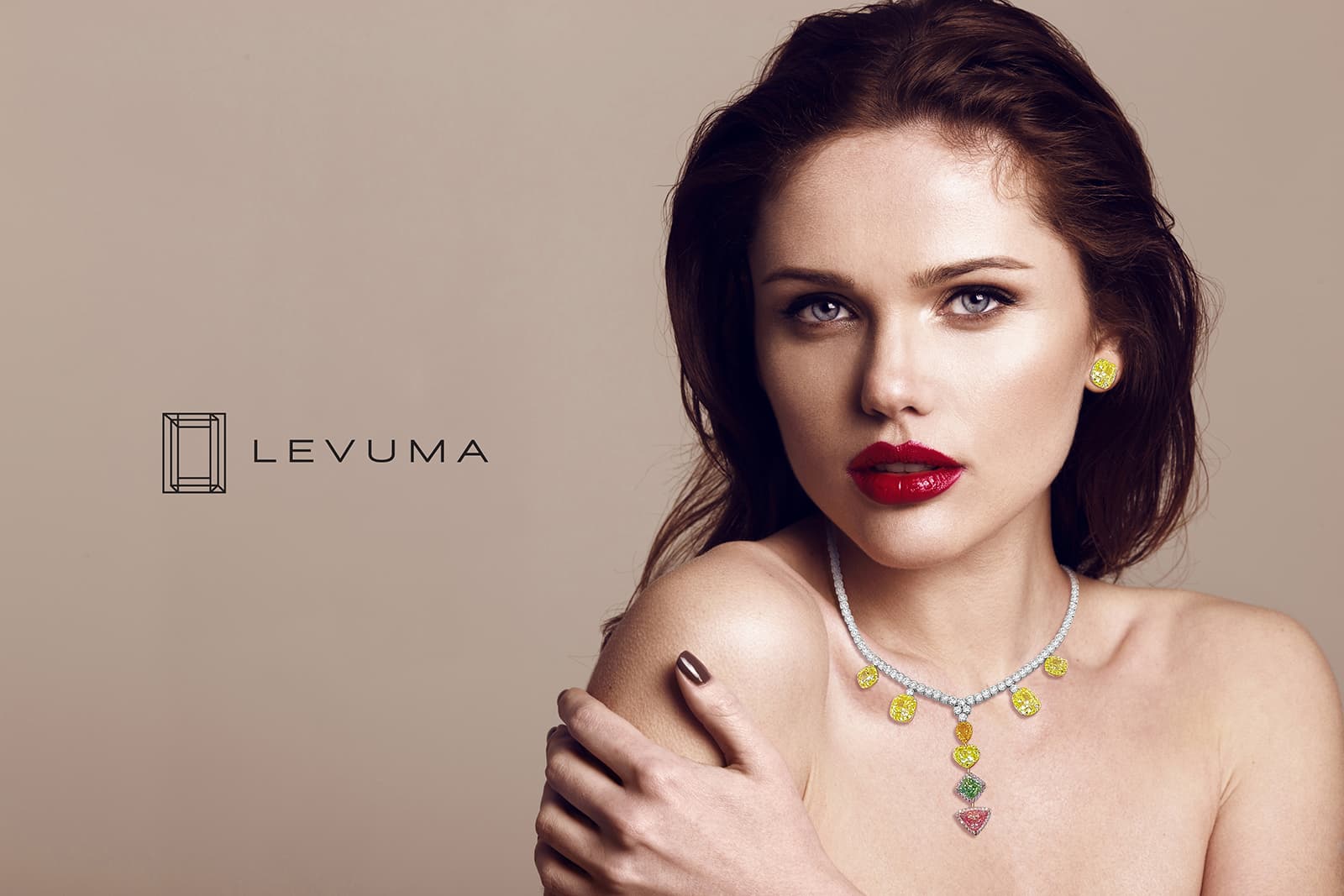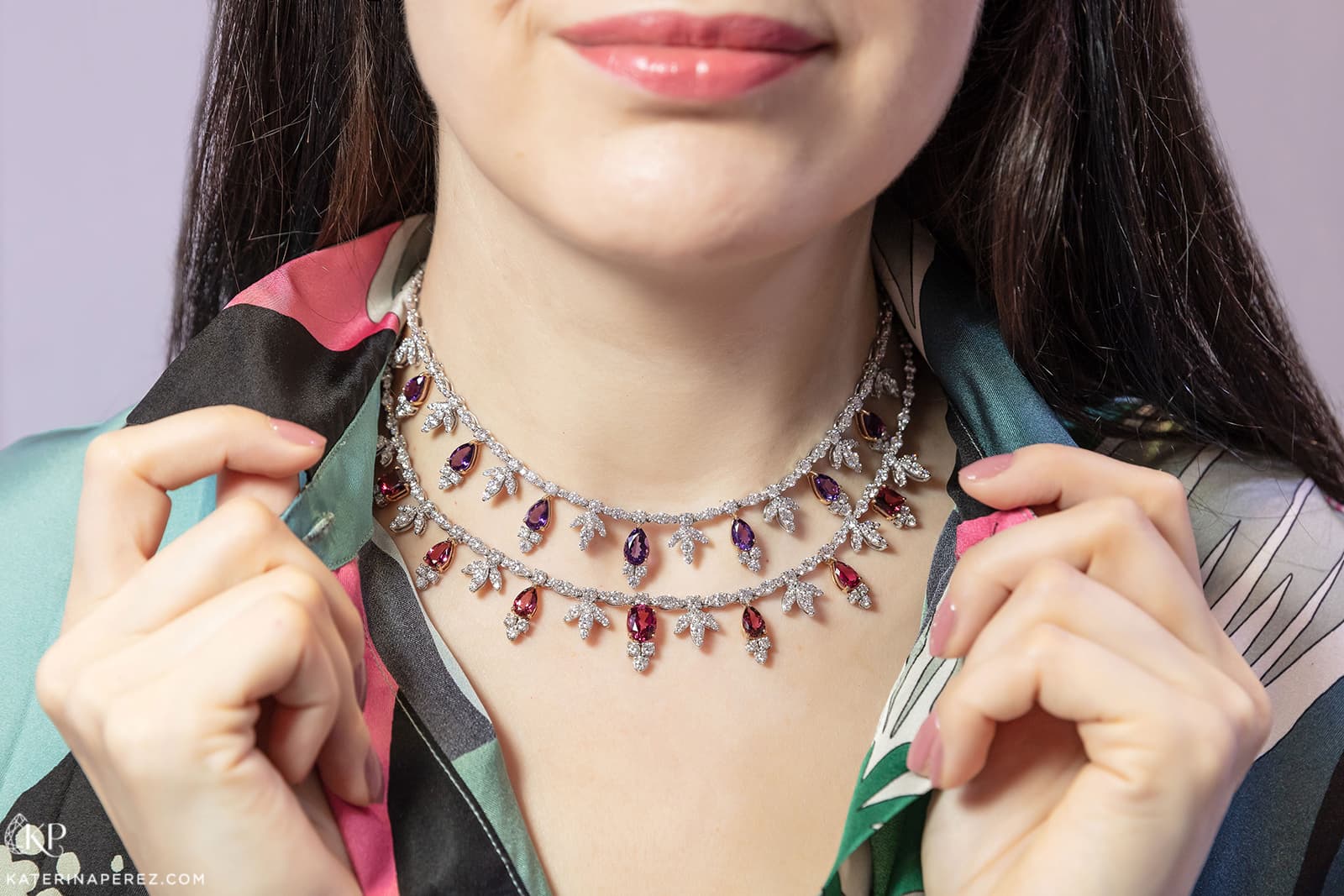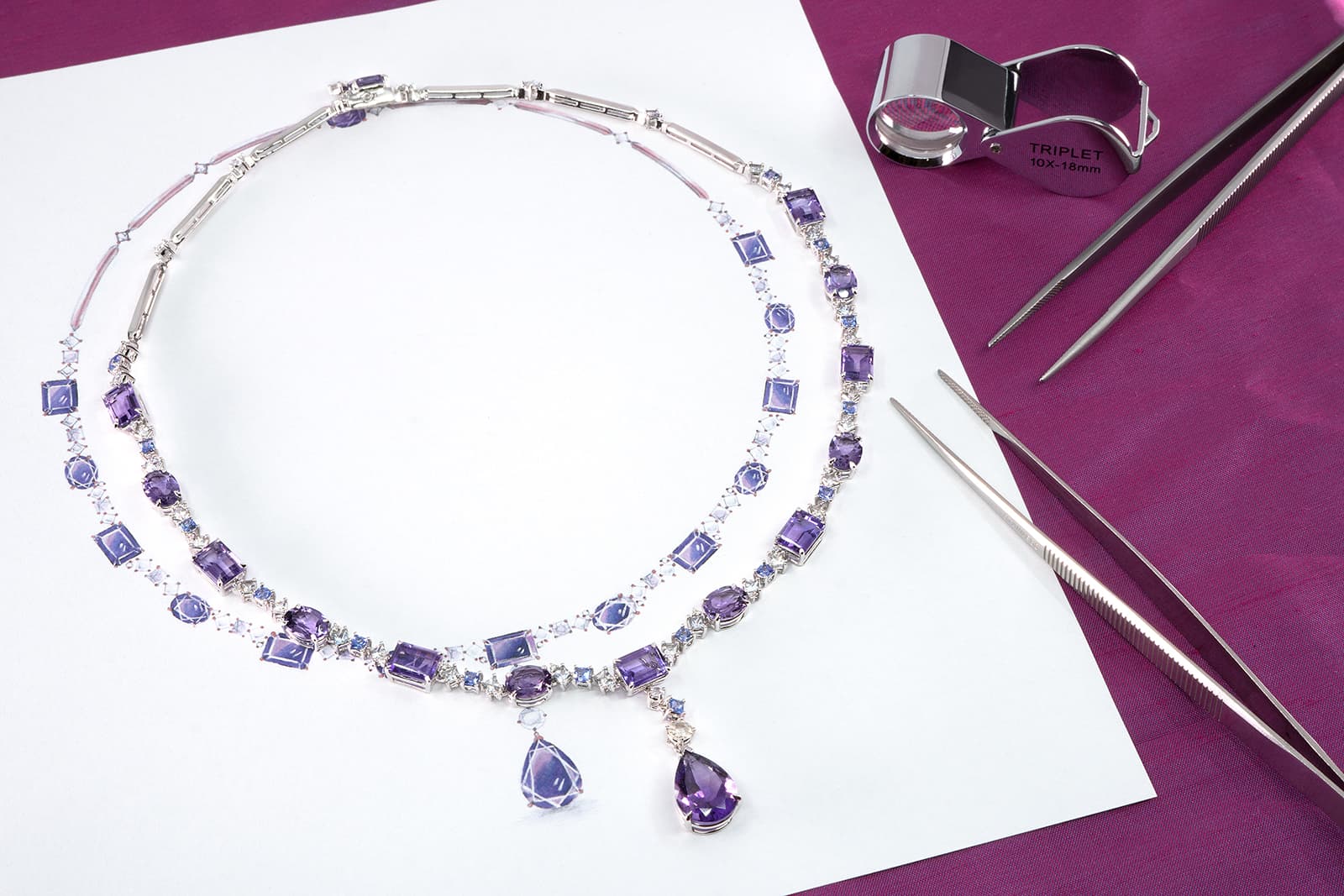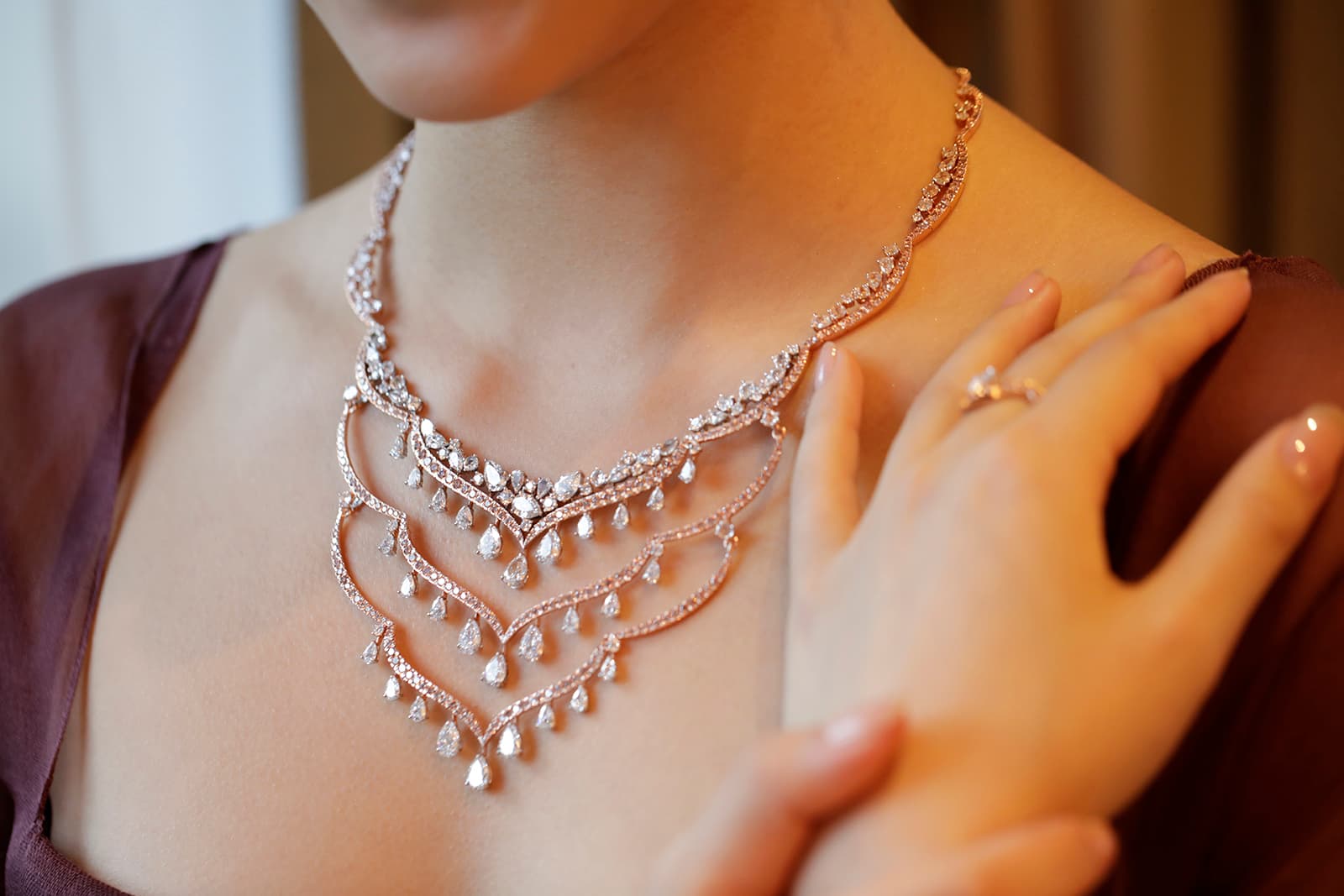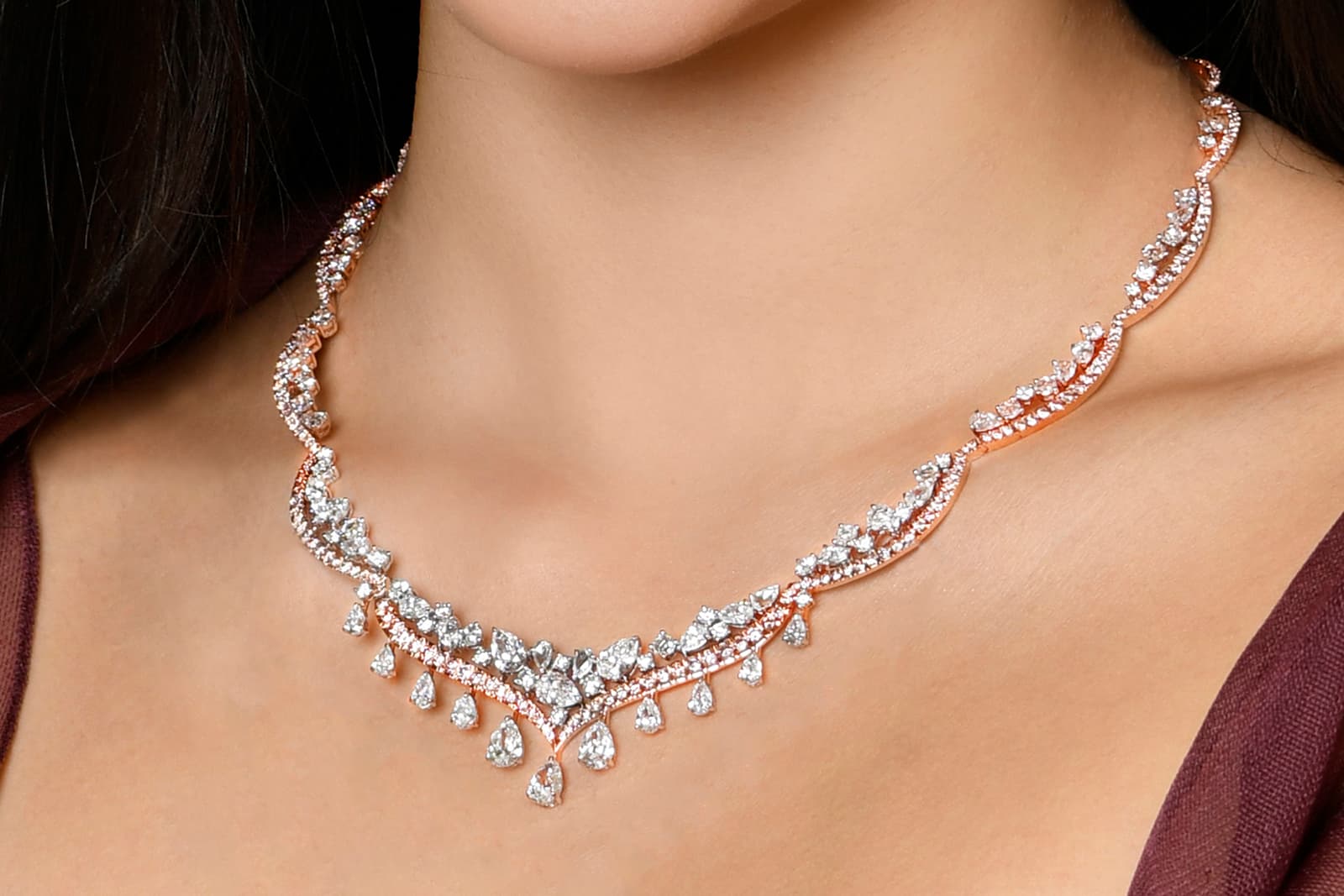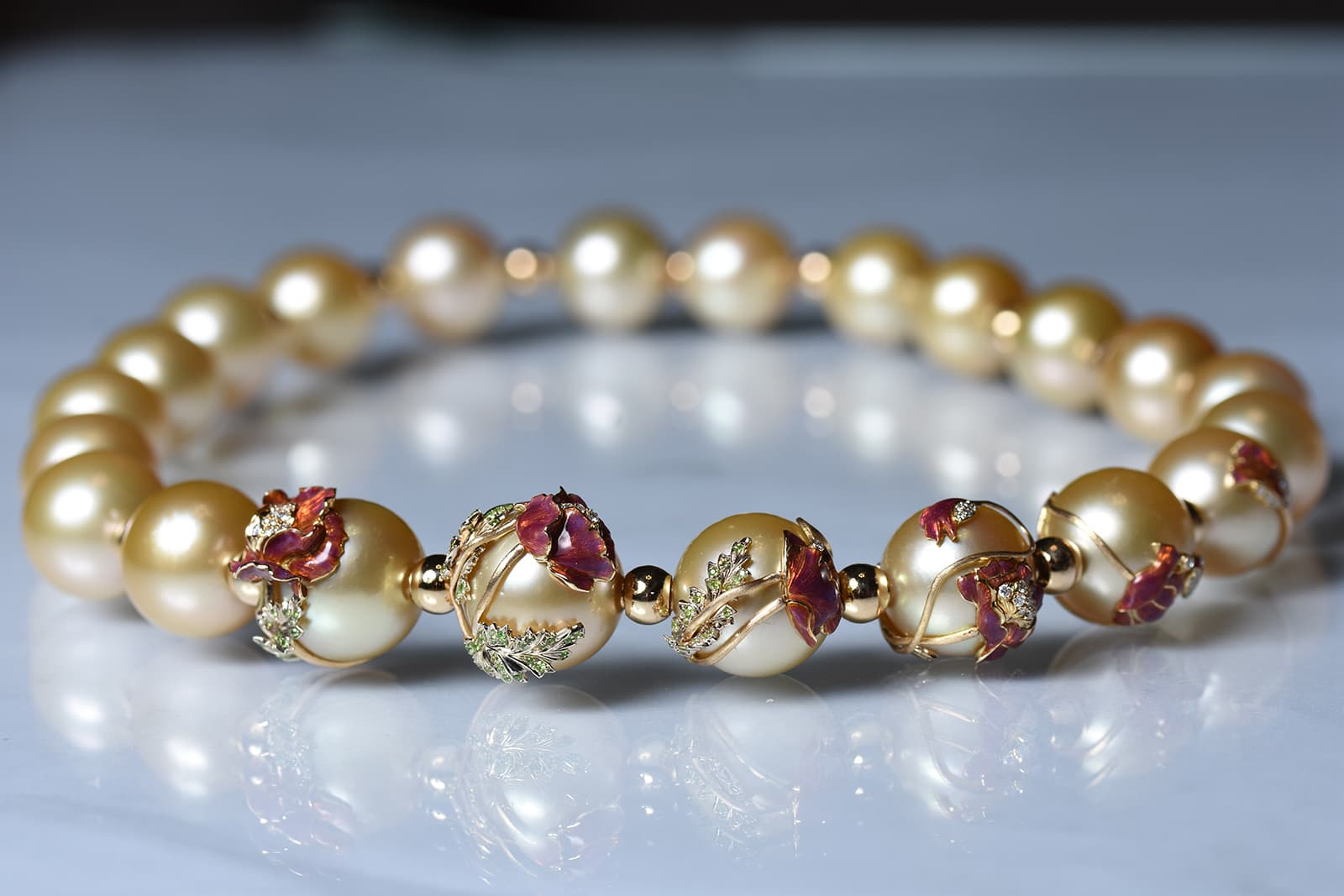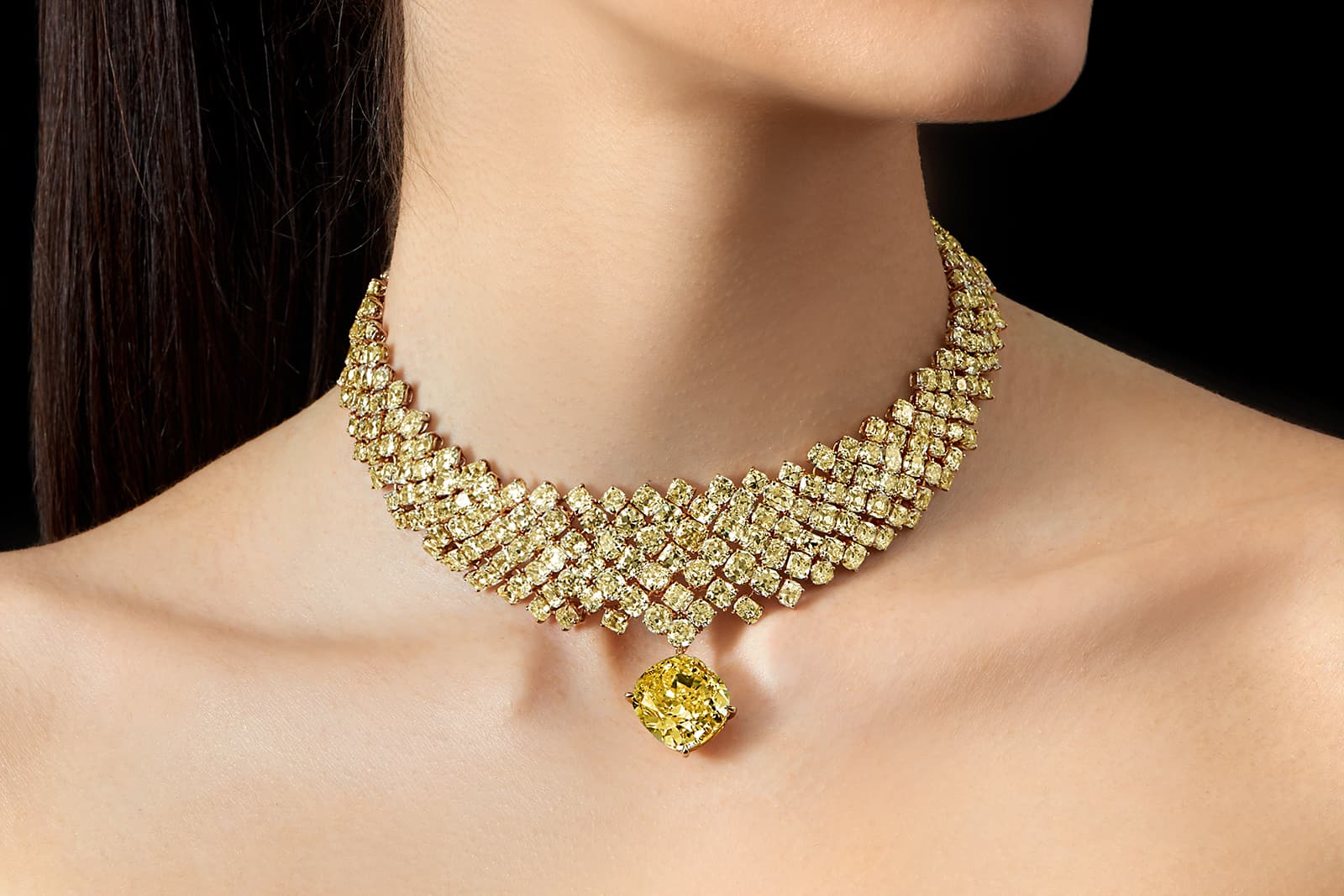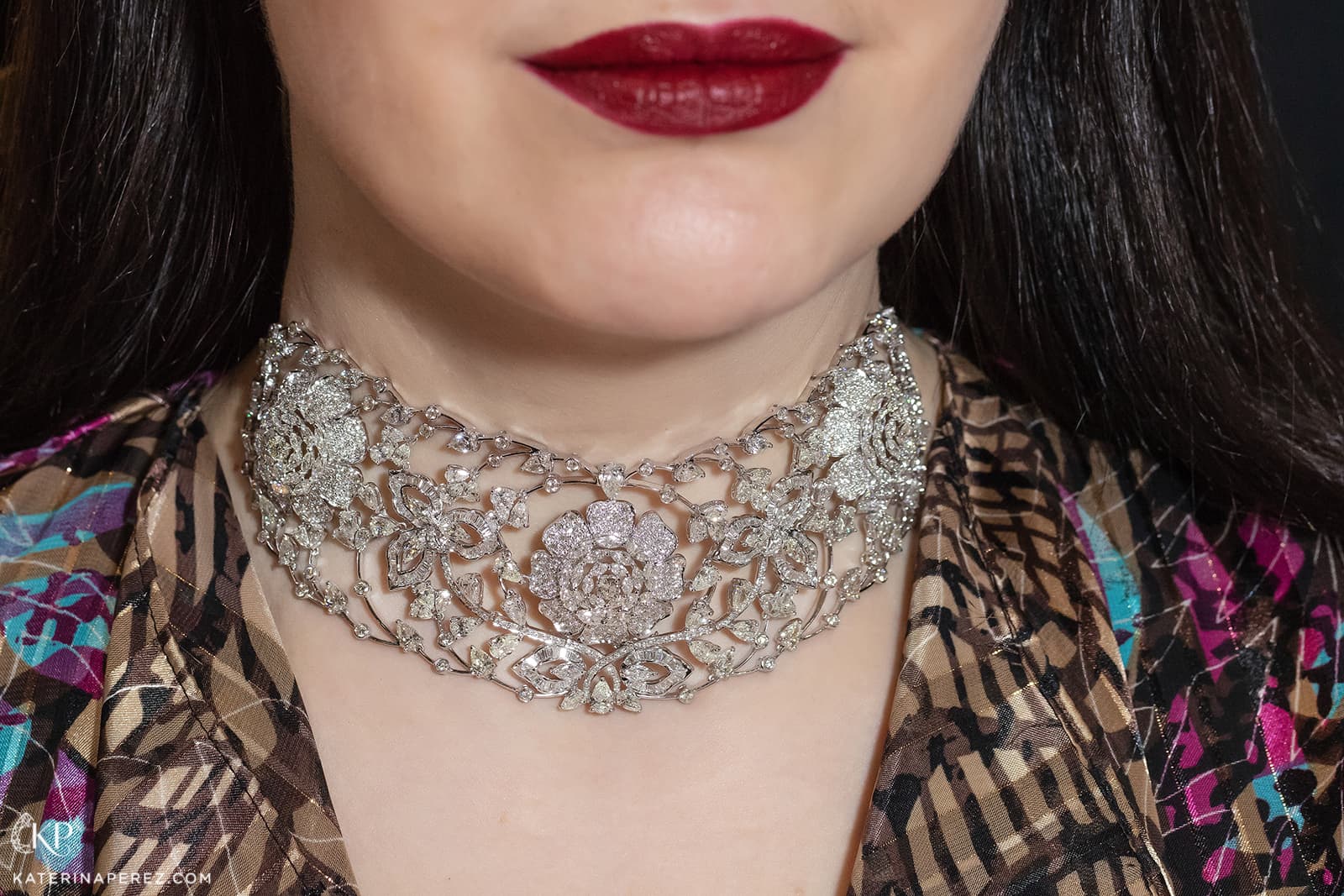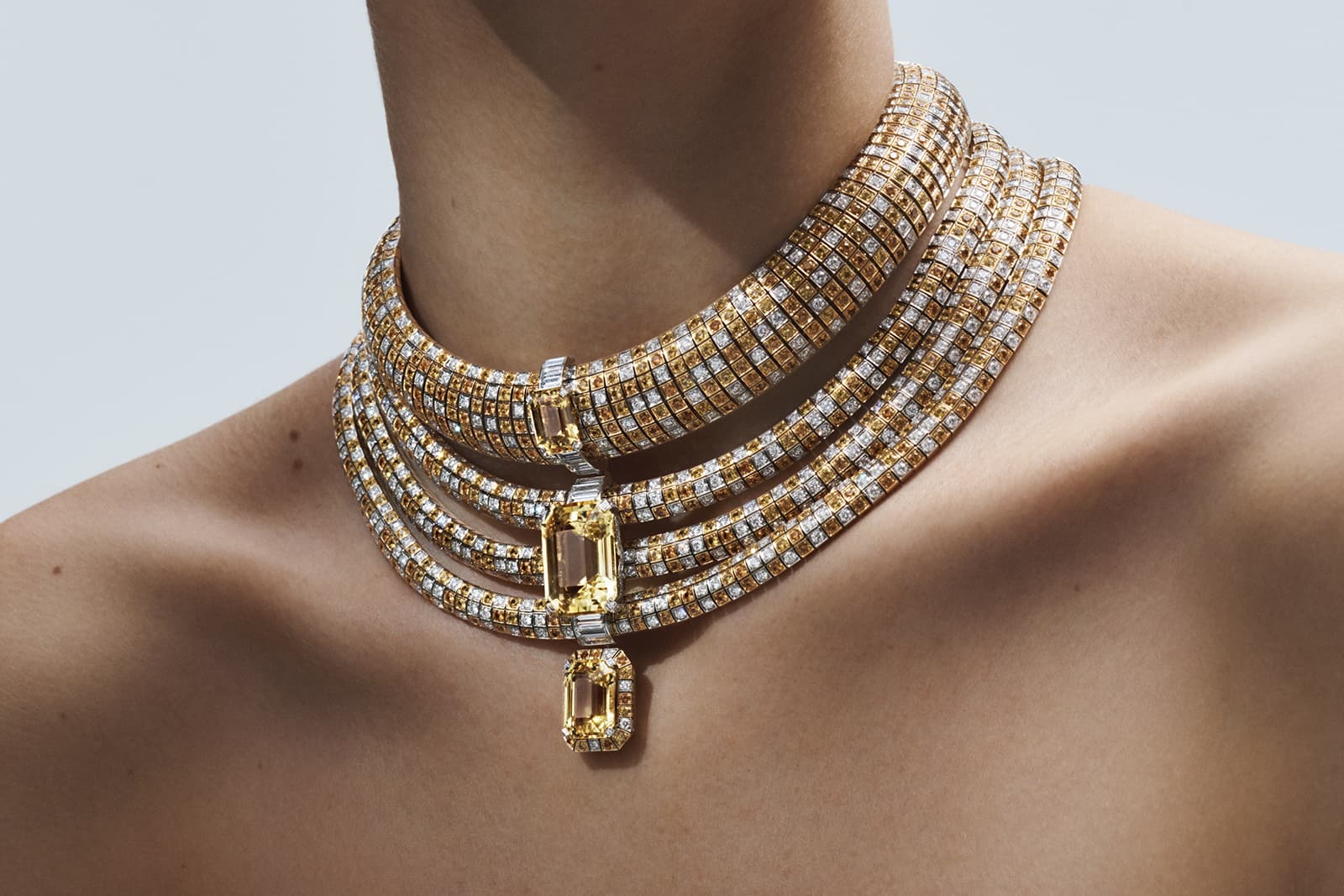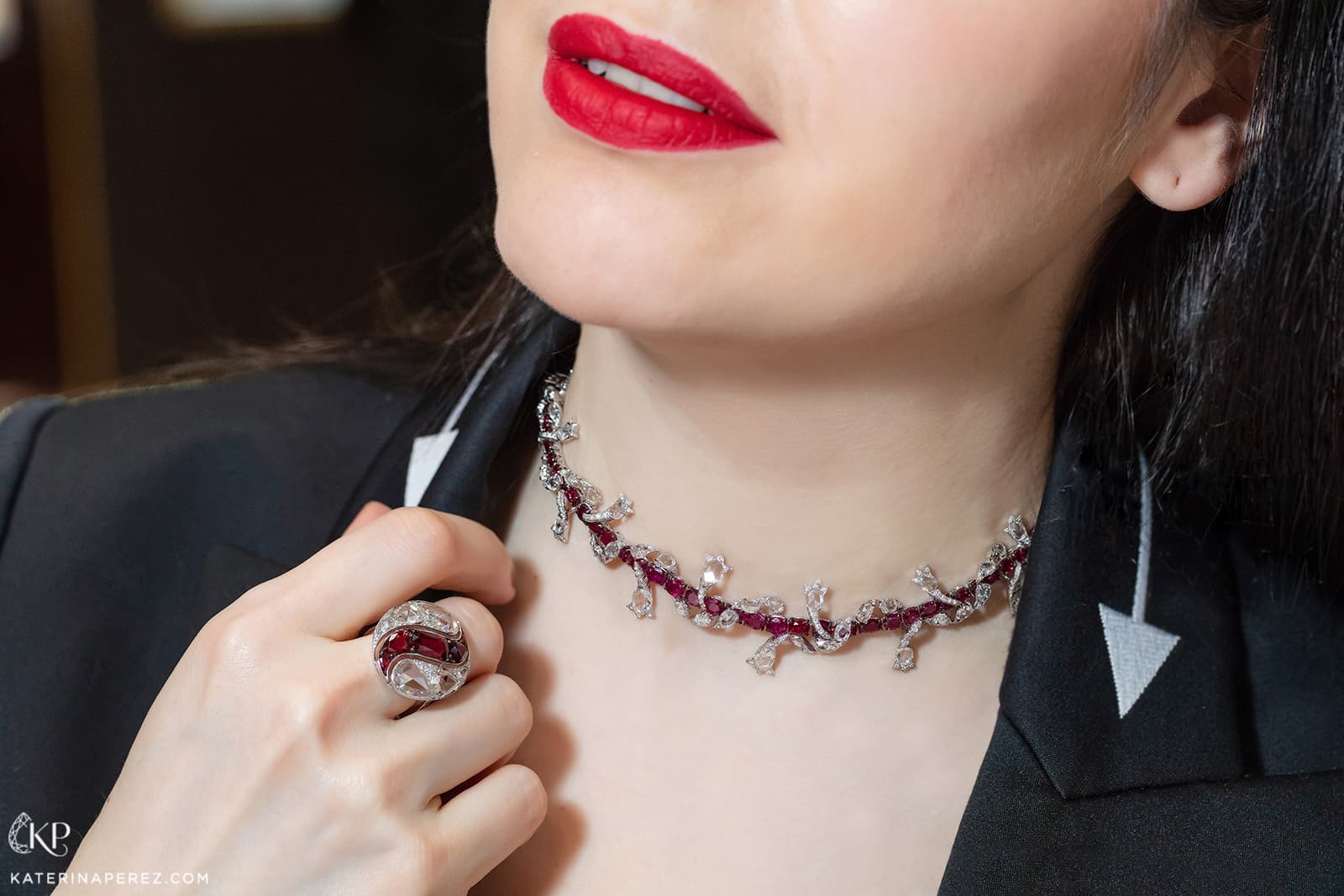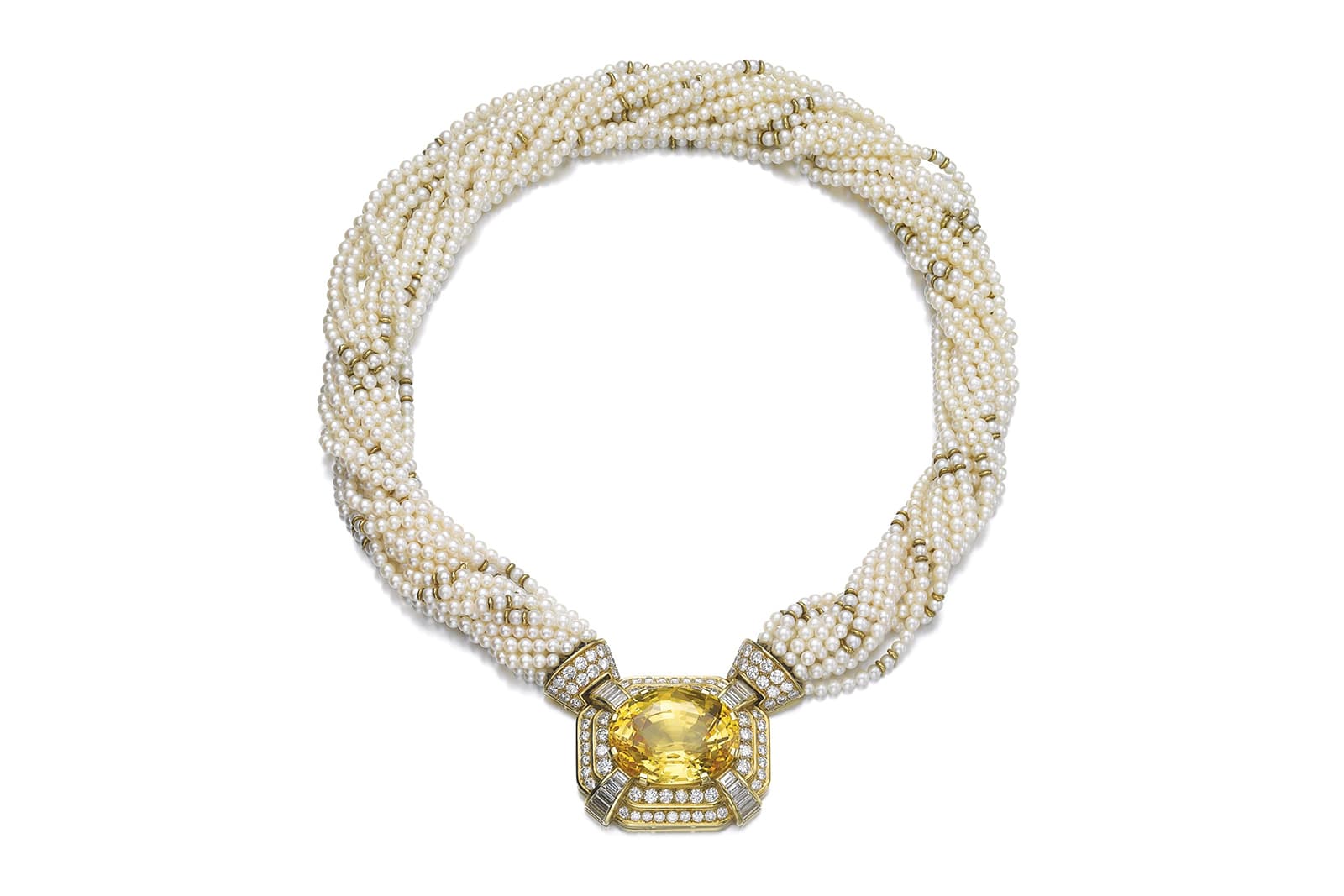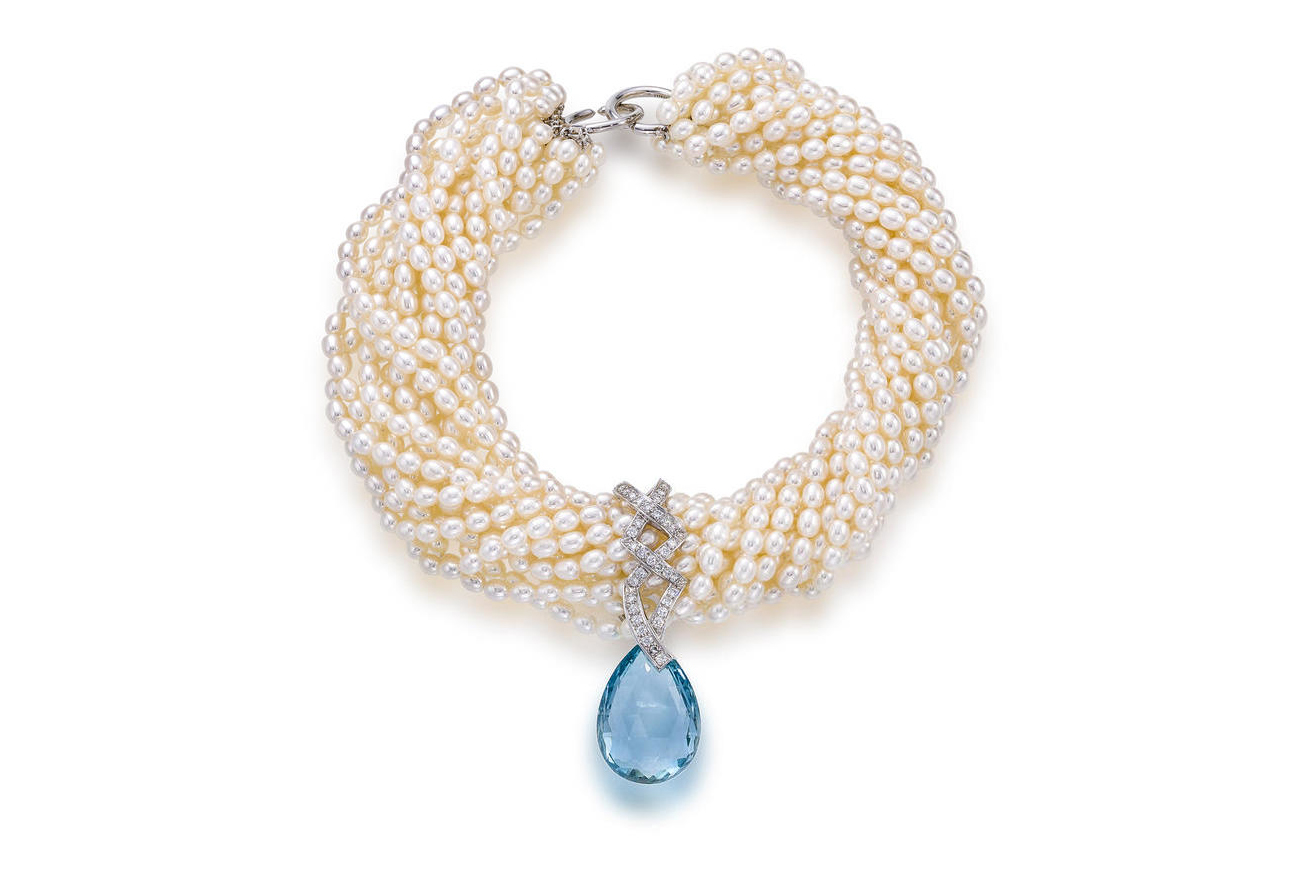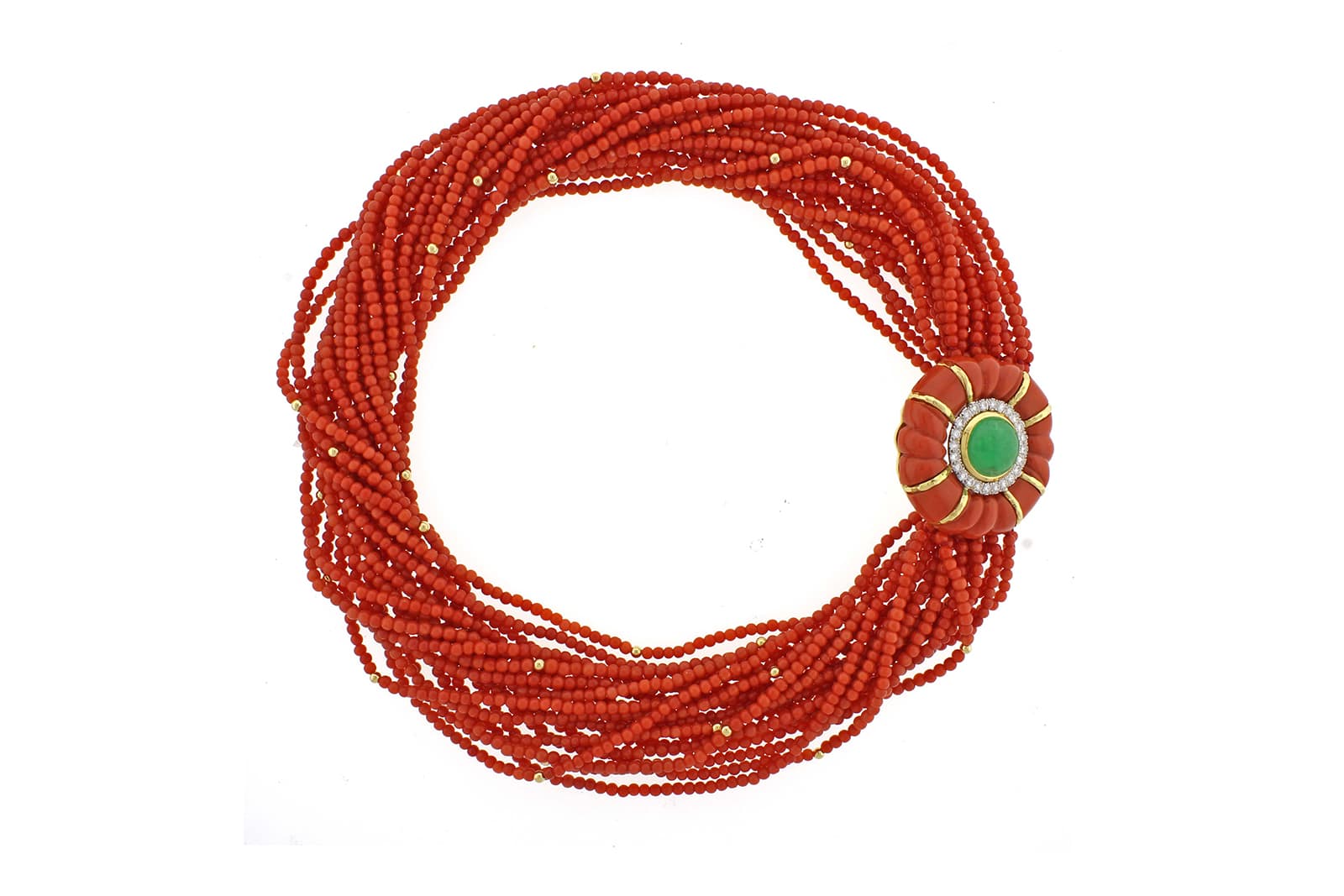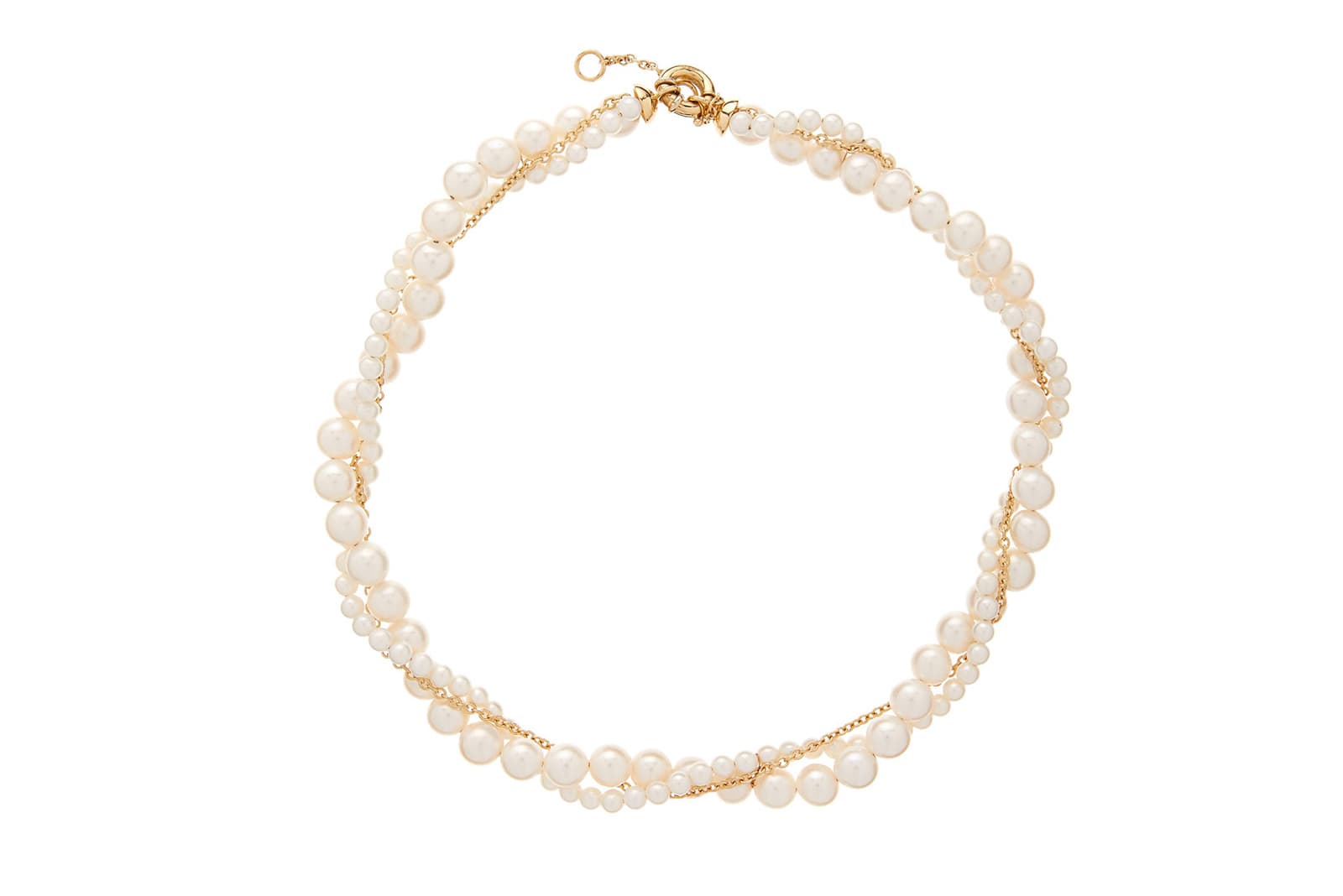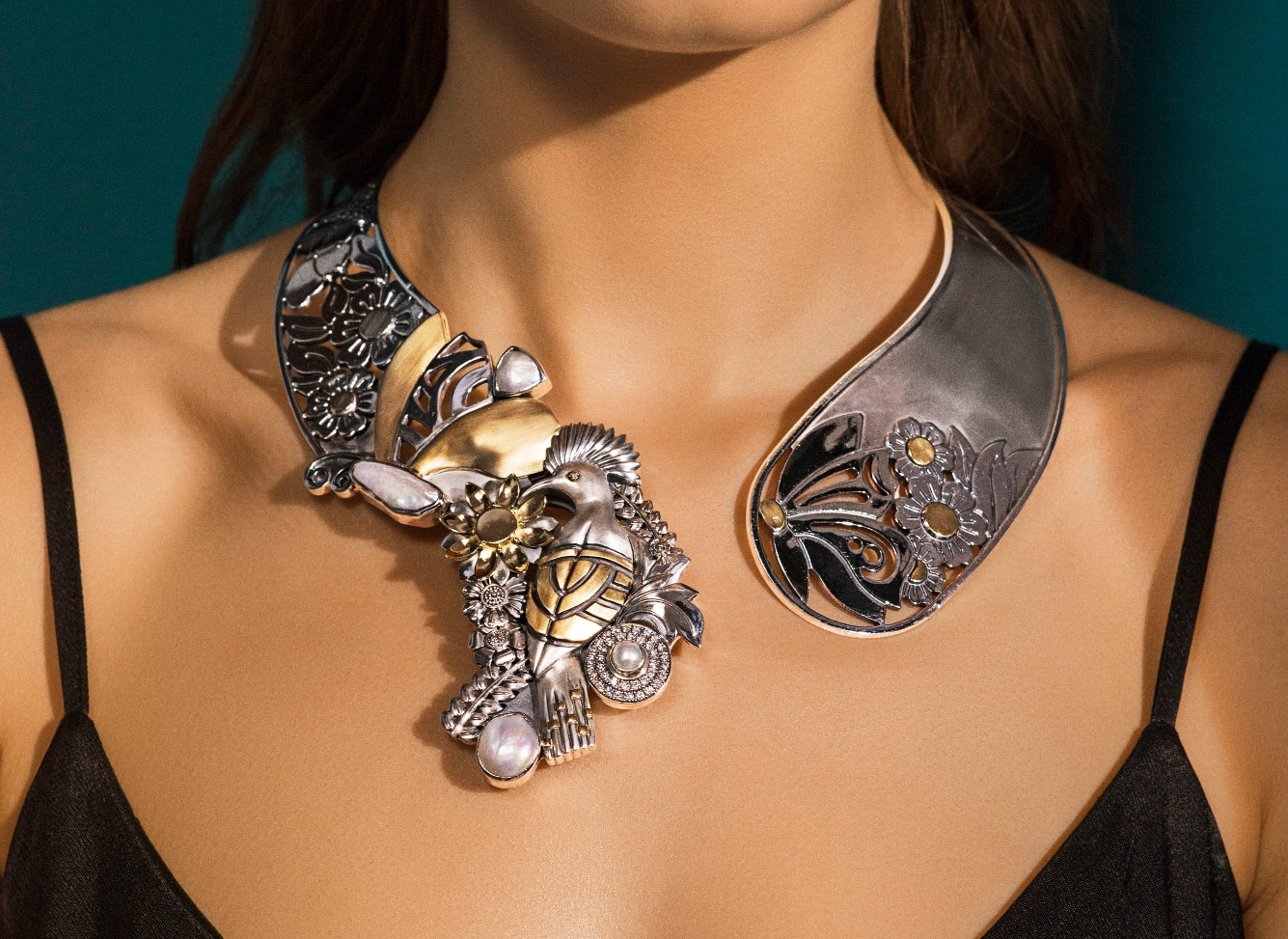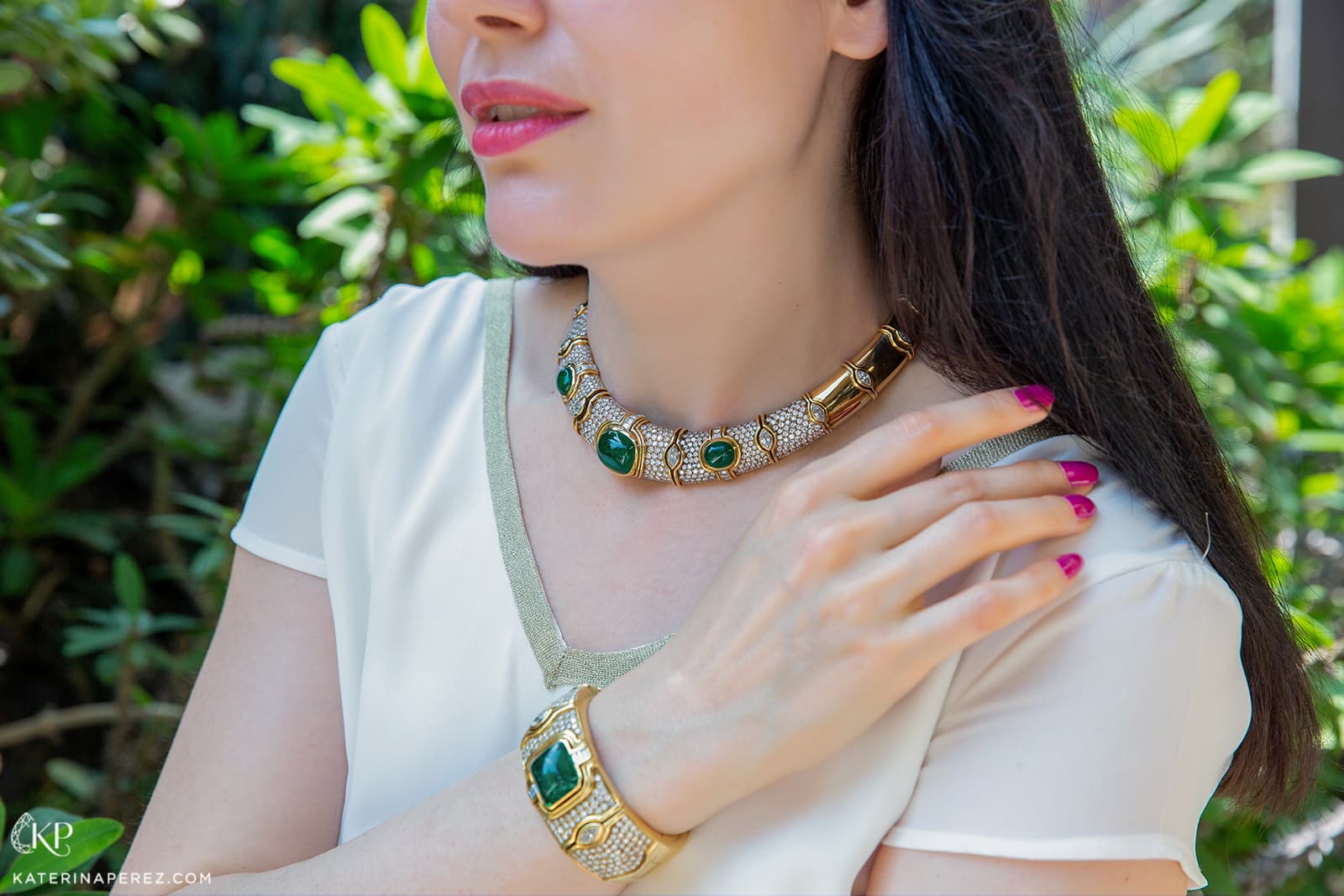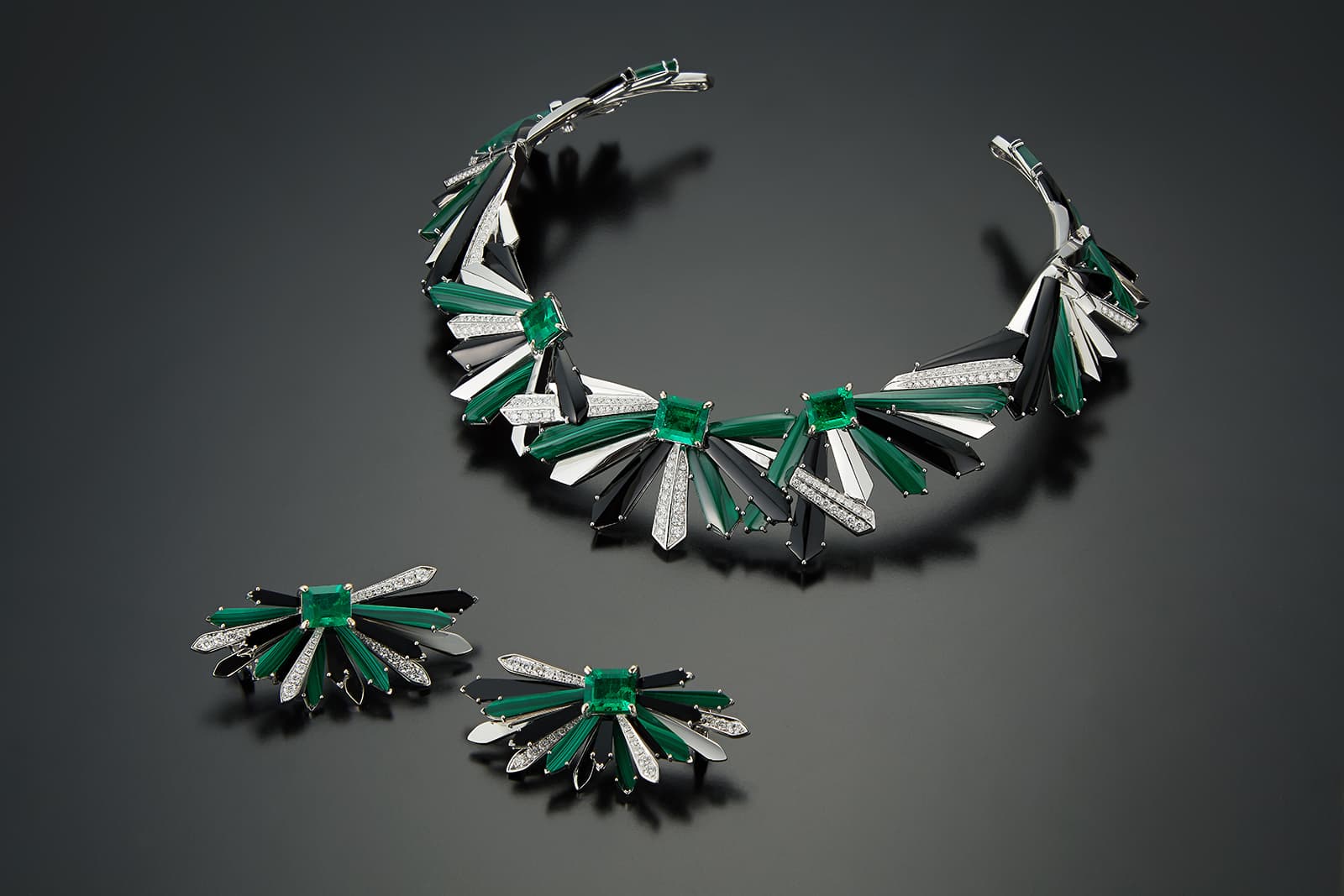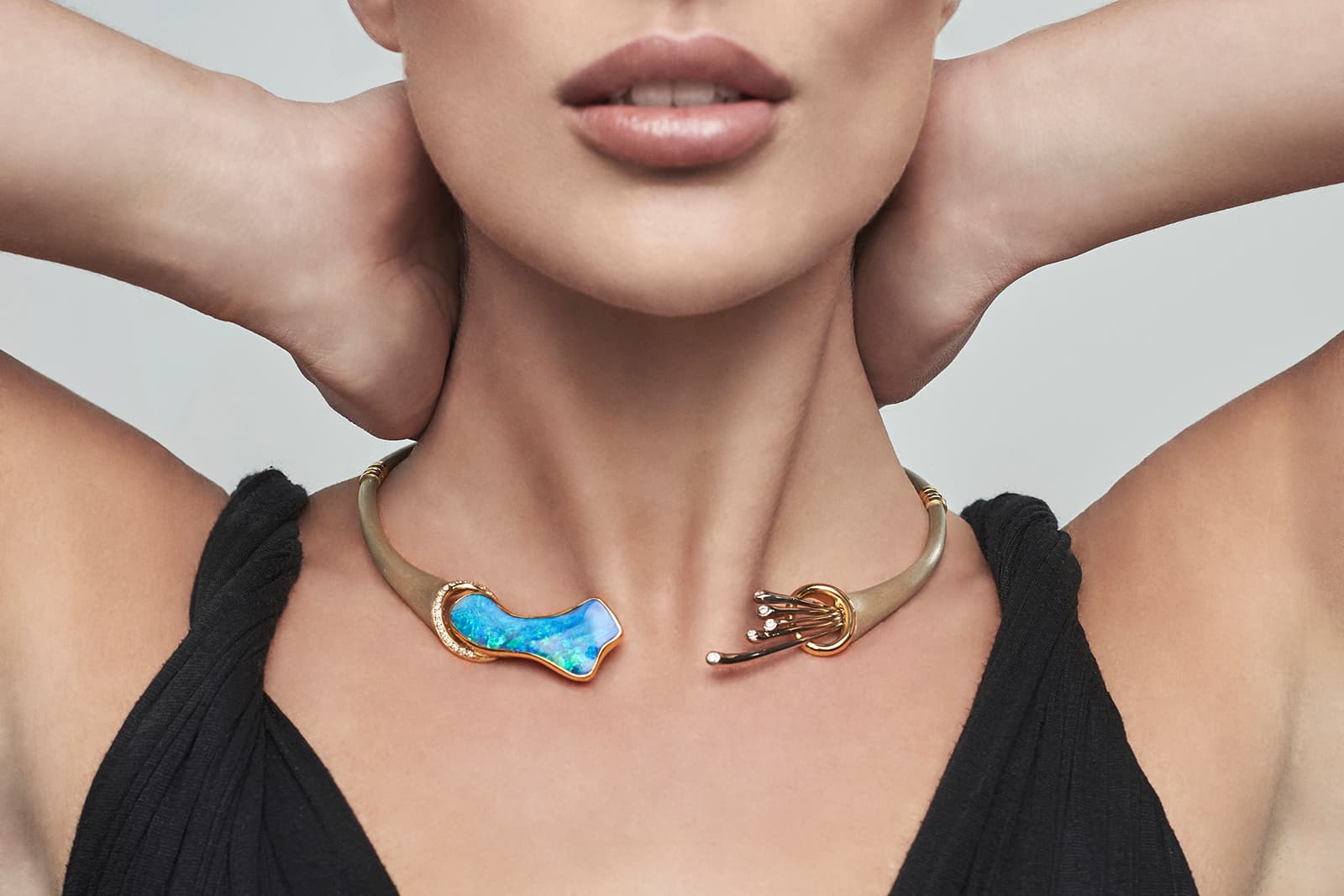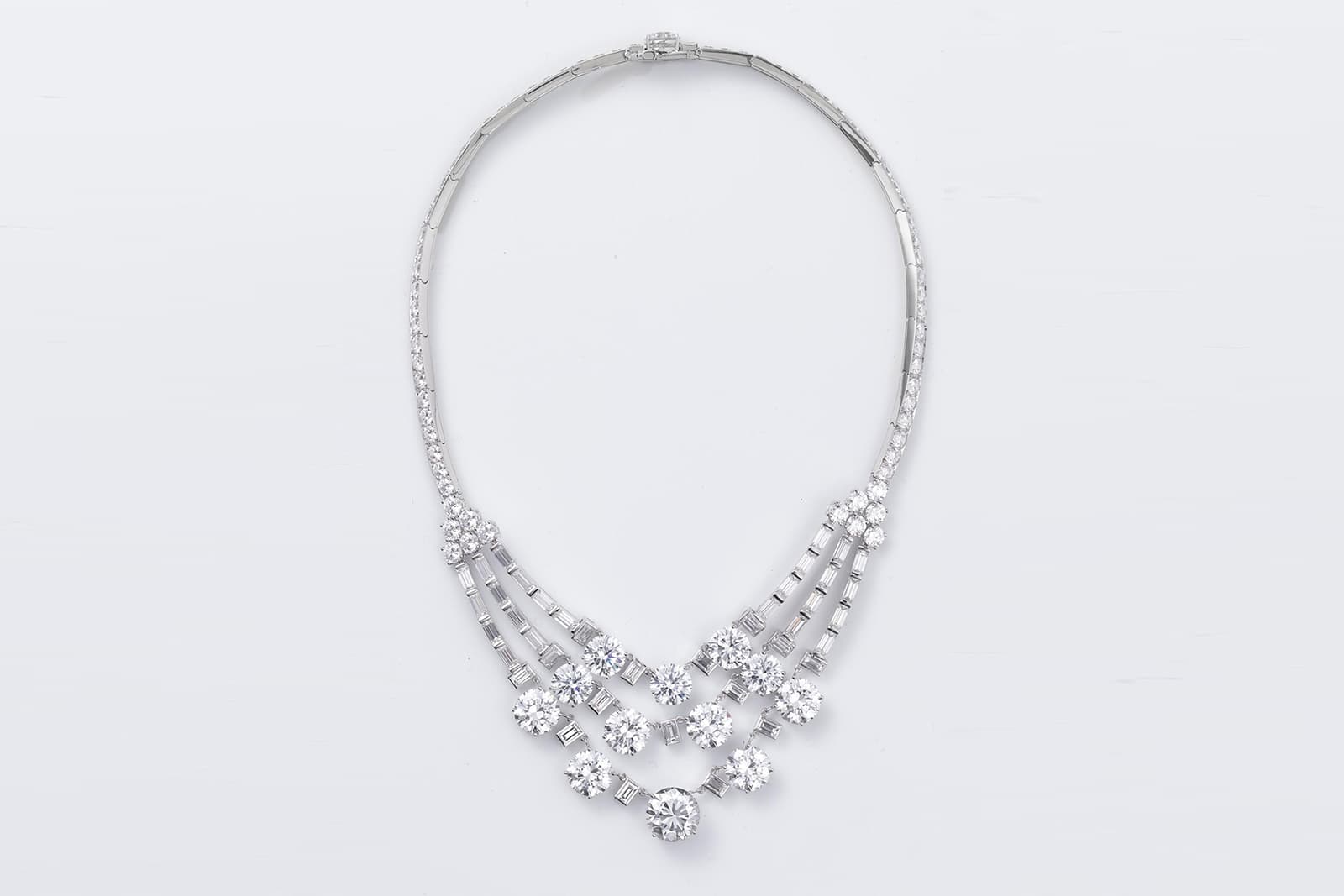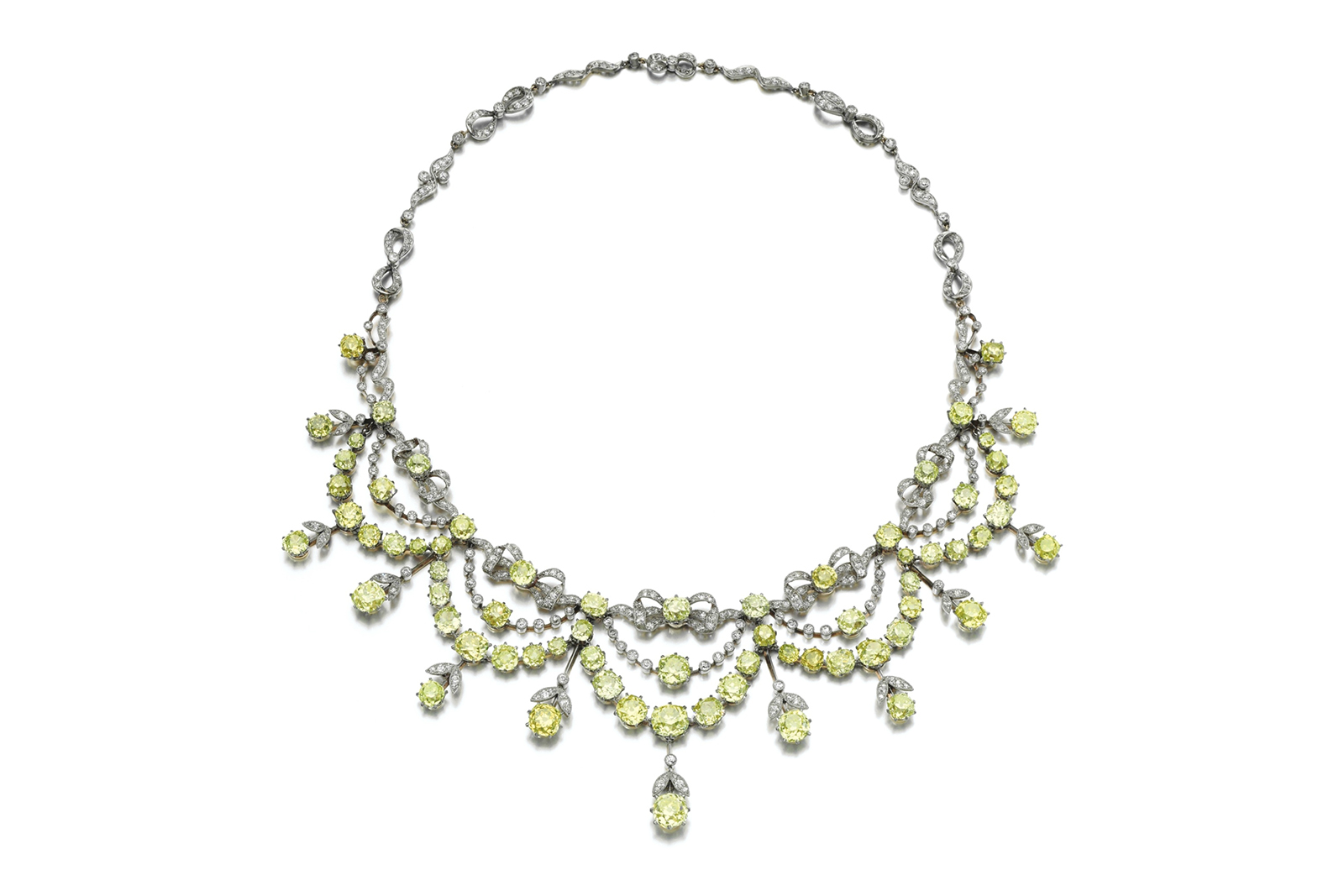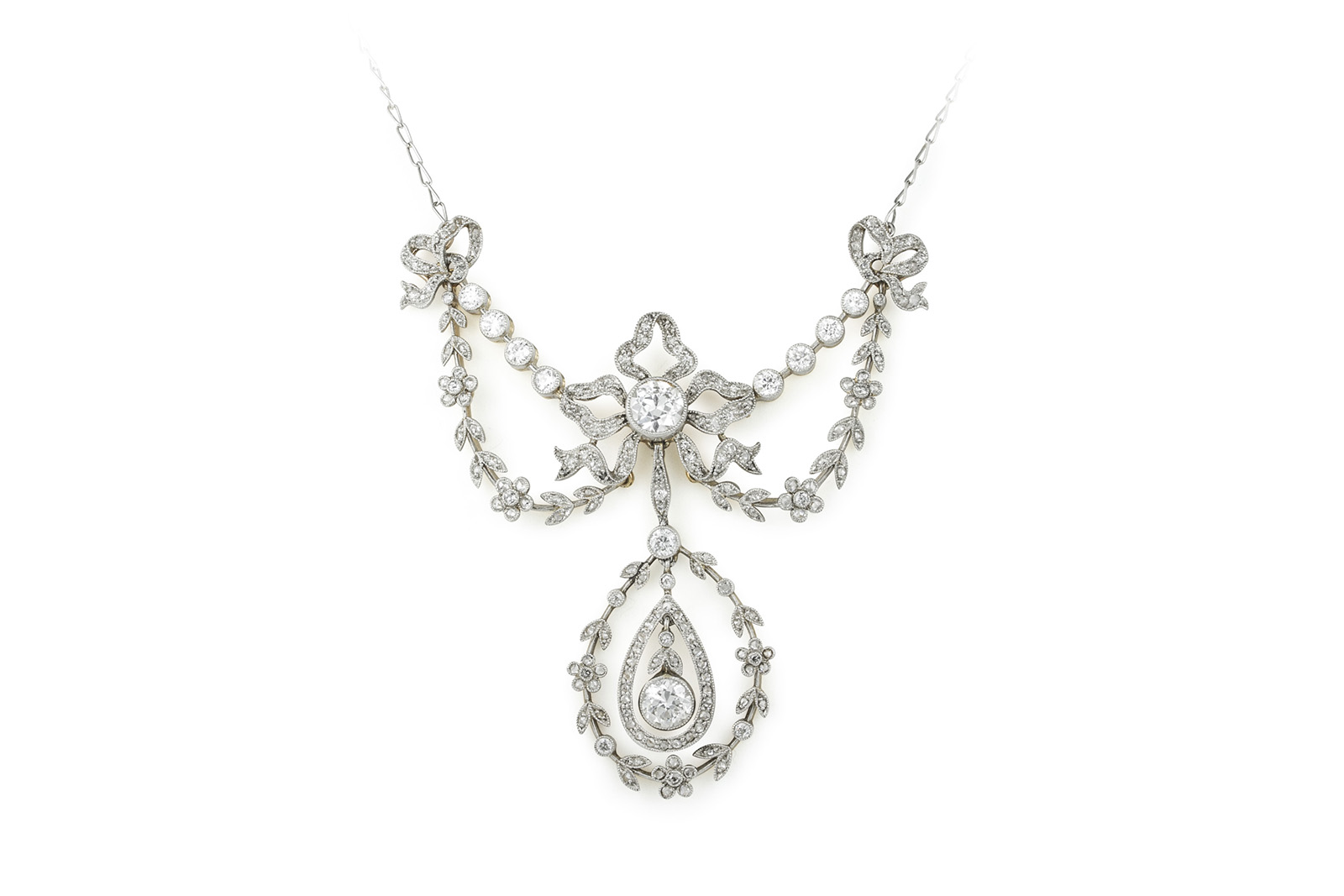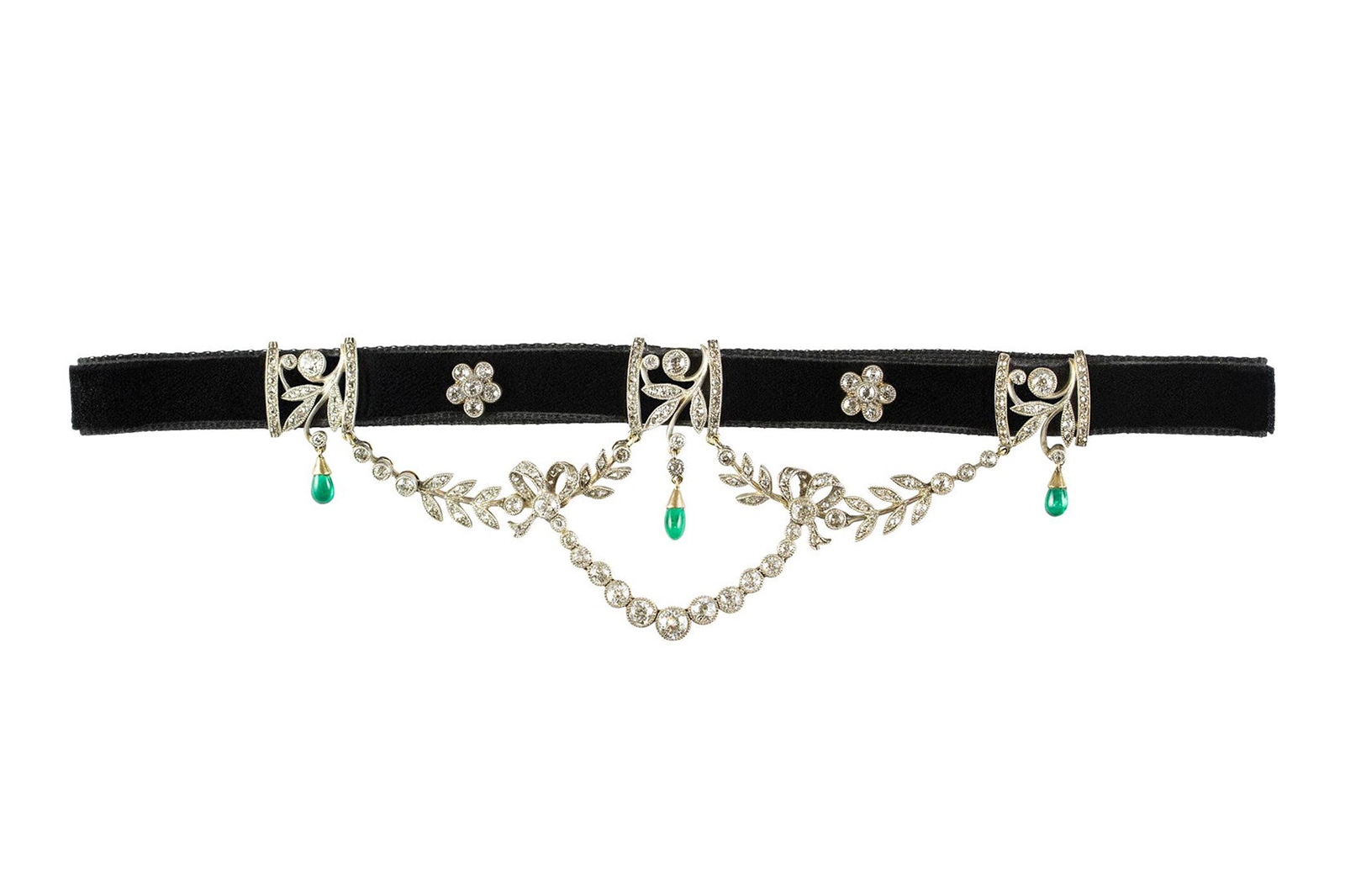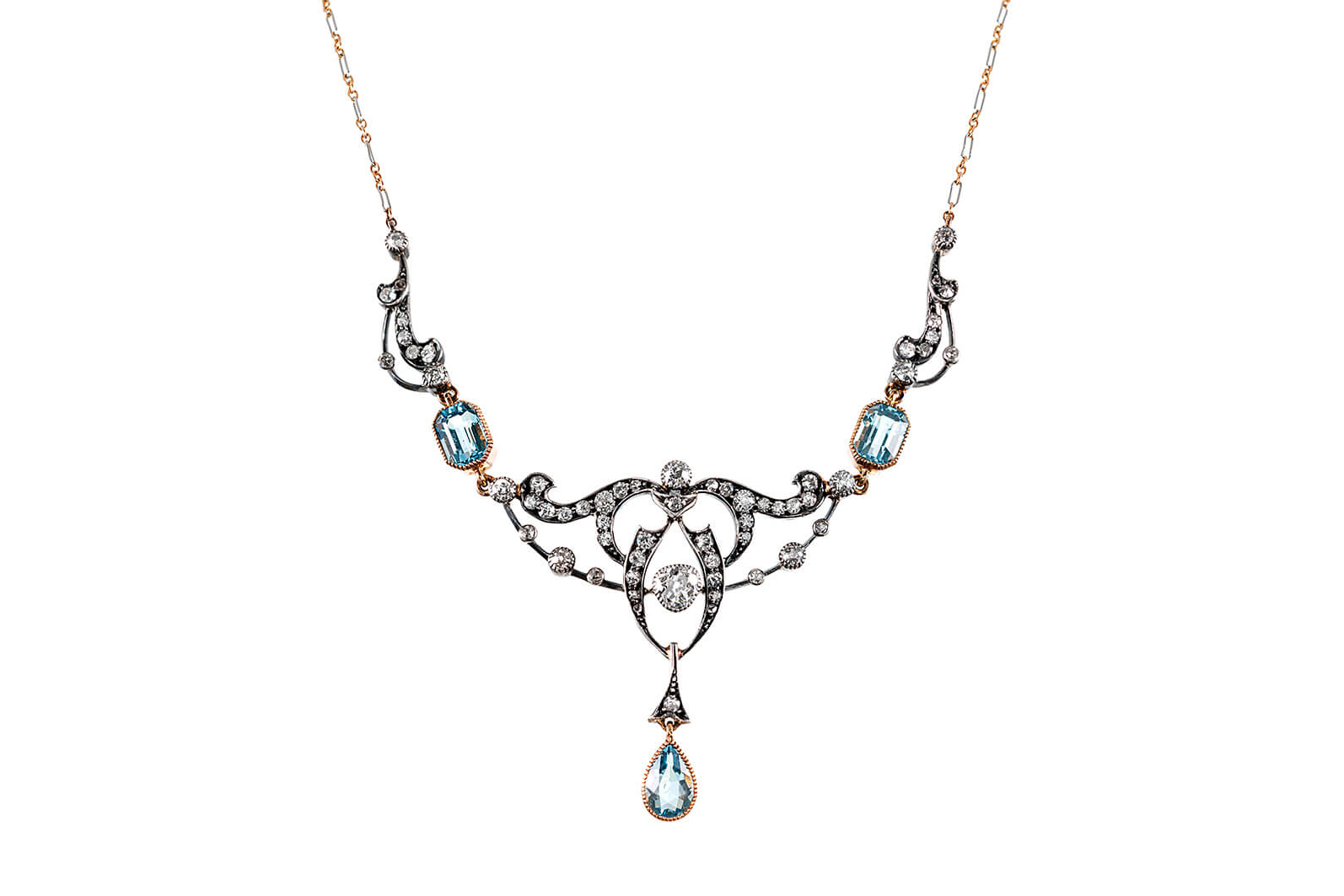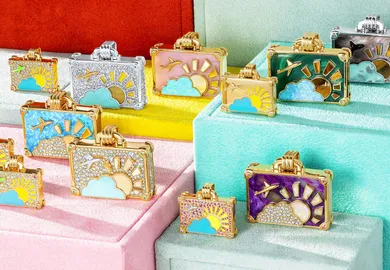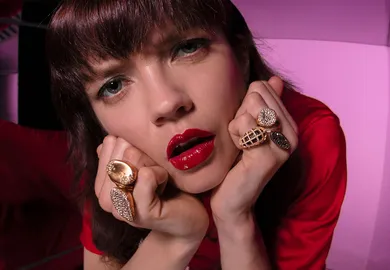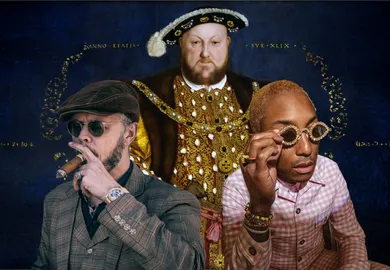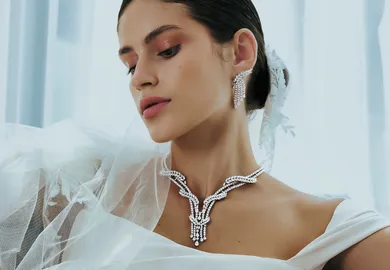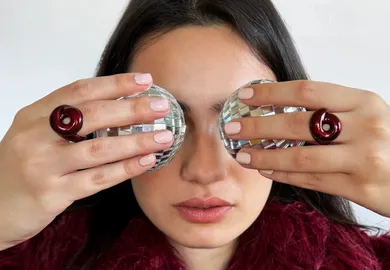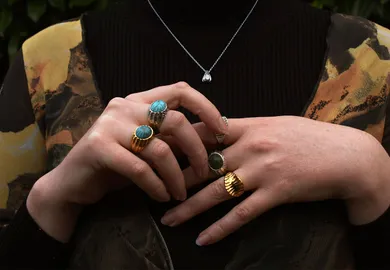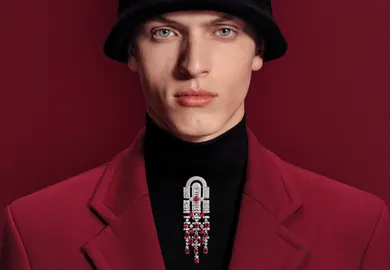
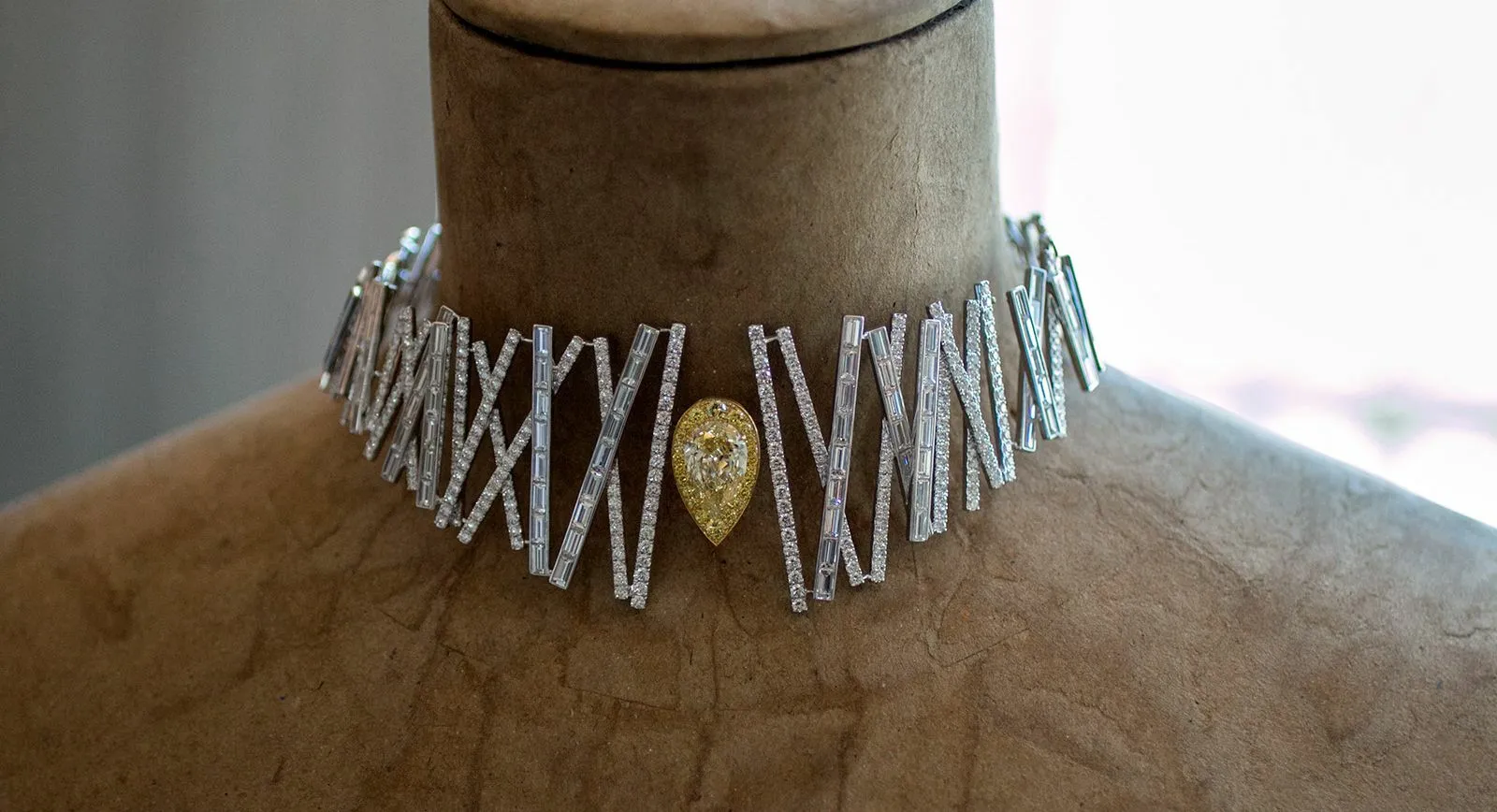
Necklace Types: 10 Different Choices to Wear Round Your Neck
The variety of styles of necklace on offer is endless; and within high jewellery, they are often so spectacular and striking that an outfit is chosen to fit the necklace, rather than the other way round. So, let’s have a look at the different types of necklace available…
Every time you place a necklace, chain or choker around your neck you are following the same patterns and reaching for similar decorative adornments as your ancient ancestors, who lived some 40,000 years ago. Of course, our contemporary necklaces have a dizzying array of coloured gemstones, diamonds and precious metals that our Stone Age predecessors couldn’t comprehend. From the Sumerians and Egyptians to the Celts, Greeks, Romans and Etruscans, necklaces are about power, status and, of course, beauty. Below are some of the most recognised types of necklaces that are neither new nor old; they’re continually reinvented and refreshed capturing the essence of culture, place and time… how many things can boast that power?
1. Chain Necklace
Chain necklaces are simple, with little to no decoration apart from diamonds or gemstone pavé. The styles of chain link determine the look of the chain, though the most common is the curb link. There are also different terms for each of these necklaces, depending on their length: princess, (16-18 inches) matinee, (20-22 inches) opera, (30-36 inches) and rope (36 inches and above.)
2. Pendant Necklace
A pendant necklace consists of a single item of decoration hanging from a chain. One variation of the pendant is the locket, which can be used to hold a memento of your choice, such as a photo. Another type of pendant is the very feminine lavalier – created at the beginning of the 20th century – with highly elaborate pendants, often crafted with gemstones and filigree gold or platinum.
3. Bib Necklace
The bib necklace consists of a number of layered chains or a single large element which covers the entirety of the breastbone. They tend to be large in volume and highly embellished, creating an extraordinary impact.
4. Lariat
The necklace style with a double meaning is the lariat: one version is a long singular rope or chain with decoration at either extremity, which can then be wrapped around the neck, or loosely tied. The second interpretation of a lariat is more common in high jewellery; where the necklace meets at a central point at the front of the design and drops to one singular chain or motif.
5. Sautoir
A very glamorous style of necklace is the sautoir, which consist of either single or multiple long, dangling chains, sometimes dotted with decorative links. Sautoirs have become enormously popular in high jewellery in recent years, and during 2019’s Paris Haute Couture Week, almost every maison included one sautoir necklace in their collections. The size and grandeur of the sautoir allows for a dramatic visual effect and, to add to this, the ends are often finished with tassels or pendants.
6. Rivière Necklace
The rivière necklace is comprised of stones in a gentle gradation of size, intricately linked, creating the effect of a gradually flowing stream of diamonds or gemstones. The name of this necklace literally translates to ‘river’ in French, referring to the way the gemstones pass gracefully around the neck. This strikingly beautiful type of necklace puts the focus on the beauty of the stones rather than the design, and is a classic choice for evening wear or special occasions.
7. Chocker
The choker – popular since the Middle Ages and a style that has erupted again through the last decade – is a necklace that fits snugly around the neck. This type of necklace can be slim, elegant and refined or broader and more edgy.
8. Torsade
For those who are looking for a unique type of necklace, there is the torsade, which features multiple strands of pearls or gemstone beads twisted together. The term ‘torsade,’ means ‘twist’ or ‘cable’ in French, and examples of this type of necklace have been discovered amongst artefacts in ancient Egypt.
9. Torc
A torc (also spelled torq or torque) is a large rigid or stiff neck ring in metal, made either as a single piece, or with a twisting mechanism of two components. The great majority are open at the front, although some have hook and ring closures. This type of necklace was especially prevalent across various cultures within Europe’s Iron Age, from around the 8th century BC to the 3rd century AD.
10. Festoon
Finally, the festoon necklace emerged in the Georgian period and continued well into the Victorian and Edwardian eras, but exactly what constitutes a ‘festoon’ is often misunderstood. This style is characterised by garlands or ribbons of natural motifs (flowers, leaves and vines) hung in sweeping curves around the neck and shoulders. To be a true festoon, a necklace must have swags or drapes of chains incorporated into its design. The stylistic descendants of festoon necklaces can be seen in contemporary collections today, albeit in modified forms.
The singular word ‘necklace’ doesn’t do justice to the many types of pieces that fall under its linguistic umbrella. Next time you search for the perfect design, spare a thought not only for its aesthetic value but also its historic value and multitude of appearances throughout time.

WORDS
Katerina Perez is a jewellery insider, journalist and brand consultant with more than 15 years’ experience in the jewellery sector. Paris-based, Katerina has worked as a freelance journalist and content editor since 2011, writing articles for international publications. To share her jewellery knowledge and expertise, Katerina founded this website and launched her @katerina_perez Instagram in 2013.
